As autumn approaches, many gardeners envision mums. While charming, mums offer only one type of fall beauty. What if you could infuse your small space with a different kind of vibrant, long-lasting color, delivering visual interest from September through the first hard frost? Ornamental peppers provide that exciting alternative. These versatile plants are a dream for anyone with a balcony, patio, or small yard, offering an explosion of color and unique texture in your fall container plants.
Ornamental peppers, unlike their edible cousins, are grown purely for their stunning visual appeal. Their small, brightly colored fruits ripen in shades of red, orange, yellow, purple, and black, often all on the same plant, creating a spectacular display. These plants thrive in containers, making them perfect for your balcony decor or any compact area. You get dramatic impact with minimal effort, transforming your autumn landscape with a fiery palette that truly stands out among fall plants other than mums.
This guide empowers you to master growing ornamental peppers in containers. You will discover straightforward steps for selection, planting, and care, ensuring your pots burst with colorful fall balcony ideas. Prepare to ditch the ordinary and embrace a season of fiery, low-maintenance beauty.

Why Ornamental Peppers Transform Your Fall Decor
Ornamental peppers bring an unparalleled visual punch to your autumn arrangements, distinguishing them from traditional fall plants. Their appeal lies in several key advantages that make them ideal for small-space gardeners seeking colorful fall balcony ideas.
First, consider their phenomenal color palette. While many fall flowers offer shades of orange, yellow, and red, ornamental peppers feature fruits that mature through a spectrum of hues, including striking purples, deep blacks, and brilliant whites. You often see multiple colors present on a single plant simultaneously, creating a dynamic, ever-changing display. This natural gradient provides richer visual depth than a monochromatic flower, offering continuous interest as the season progresses. These plants are true chameleons, shifting from green to various vibrant colors, providing weeks of visual delight.
Second, their extended season of interest gives you more for your gardening efforts. Unlike annual flowers that bloom and fade, ornamental peppers showcase their vibrant “fruit” for months. Typically, they begin producing colorful peppers in late summer and continue their display well into fall, often until the first hard frost. This longevity means you enjoy consistent, fiery color longer than many other seasonal options. You get sustained beauty, allowing you to establish your fall container plants once and enjoy them for an extended period.
Third, ornamental peppers demand low maintenance. They are relatively self-sufficient once established, requiring consistent watering and minimal fuss. You do not need to deadhead spent blooms or worry about complex pruning schedules. This characteristic makes them perfect for busy gardeners or those new to container gardening. Your focus shifts to enjoying their beauty rather than constantly tending to their needs. This ease of care helps you achieve stunning balcony decor without significant time investment.
Finally, these plants offer incredible textural variety. The glossy, often elongated or round peppers stand out against the backdrop of green or sometimes purple foliage. This contrast adds an architectural element to your planters, creating a focal point that draws the eye. The unique shapes and sizes of the peppers provide a sophisticated texture that enhances any container garden. This tactile difference elevates your autumn arrangements beyond flat floral displays, adding depth and intrigue. Ultimately, choosing ornamental peppers means embracing a durable, dazzling, and distinct option for your fall outdoor spaces.
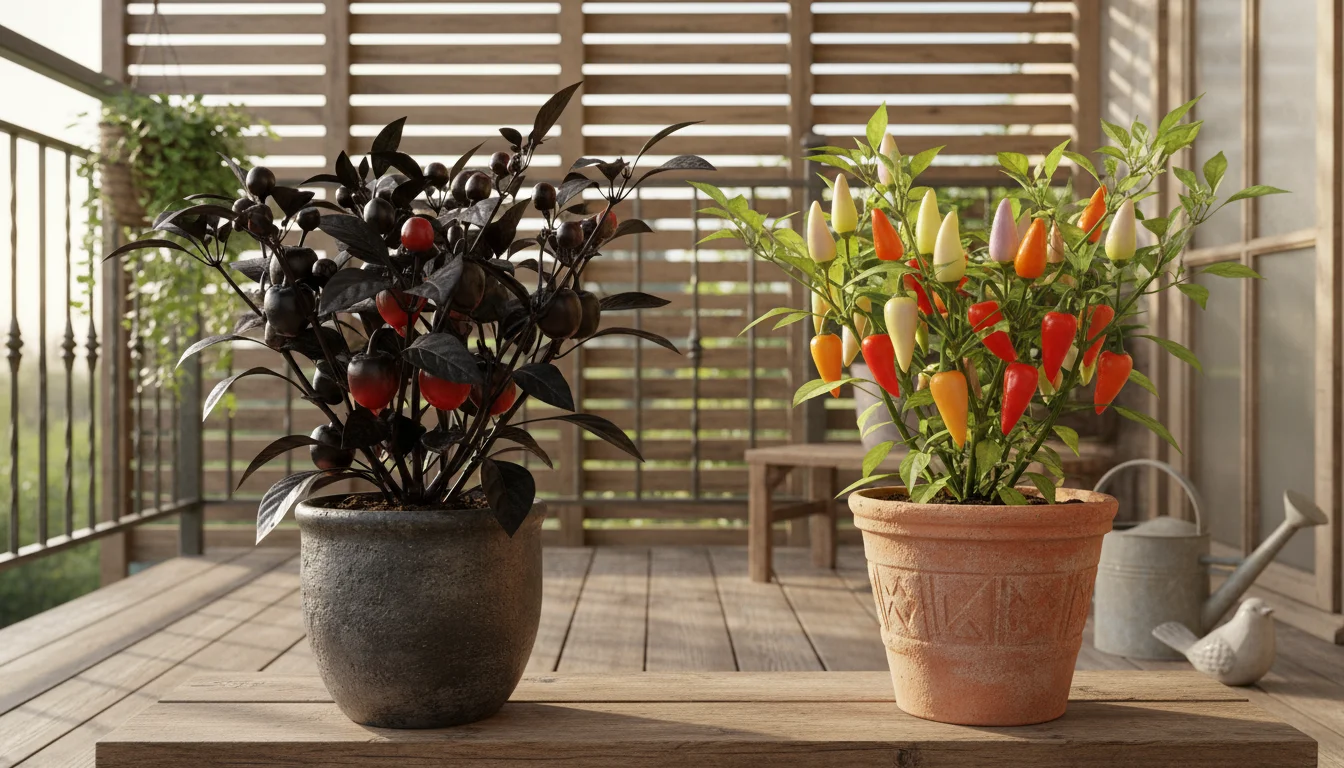
Understanding Ornamental Pepper Varieties
Selecting the right ornamental pepper variety makes a significant difference in your fall display. Each type offers distinct characteristics regarding fruit color, shape, and plant size, allowing you to tailor your growing ornamental peppers in containers to your specific aesthetic and space. Here are some popular choices that perform exceptionally well as fall container plants:
| Variety Name | Key Characteristics | Fruit Color Progression | Ideal Use |
|---|---|---|---|
| ‘Black Pearl’ | Dark purple, almost black foliage; round, glossy fruits. | Green to dark purple/black to deep red. | Dramatic contrast, bold balcony decor. |
| ‘Prairie Fire’ | Compact, bushy plants; small, upright, conical fruits. | Cream to purple, yellow, orange, and finally red. | Mixed containers, vibrant multi-color display. |
| ‘Chilly Chili’ | Vigorous, upright growth; long, slender fruits. | Pale yellow to orange to bright red. | Mass planting, consistent color, less spicy. |
| ‘Medusa’ | Compact, mounding habit; long, twisted, upward-pointing fruits resembling snakes. | Cream to yellow to orange and red. | Unique texture, striking focal point. |
| ‘Calico’ | Variegated green, white, and purple foliage; small, round, dark fruits. | Dark purple to red. | Foliage interest, subtle elegance. |
| ‘Purple Flash’ | Deep purple-black foliage with white splashes; small, round, purple-black fruits. | Purple-black to deep red. | Sophisticated palettes, striking contrast. |
‘Black Pearl’ stands out with its incredibly dark foliage, creating a striking contrast against its deep red peppers. This variety adds drama and sophistication, perfect for a modern aesthetic or complementing lighter-colored plants. Its almost black leaves remain attractive even when fruits are sparse, ensuring continuous visual appeal.
‘Prairie Fire’ lives up to its name, offering an explosion of color. Its small, upright peppers transition through multiple shades, giving the plant a mosaic appearance. This compact variety is excellent for smaller pots or as a vibrant accent in a larger mixed arrangement. You get maximum color impact in a minimal footprint.
‘Chilly Chili’ provides a slightly different look with its elongated, conical fruits. It boasts a consistent color progression from pale yellow to fiery red. This variety is generally milder in heat, which can be a consideration if you have pets or small children who might be tempted to taste the peppers. Its robust growth fills containers beautifully.
‘Medusa’ offers an incredibly unique silhouette, featuring long, twisted peppers that curl upwards, resembling mythological snakes. The fruits ripen from cream to yellow, orange, and red, providing a mesmerizing color show. This variety serves as an excellent conversation starter and a distinctive focal point in any container garden, making your balcony decor unforgettable.
When selecting your plants, look for specimens with robust, healthy foliage and no signs of pests or disease. Avoid plants with yellowing leaves or wilting, as these indicate stress. Choose plants with some fruits already forming to guarantee immediate color in your fall planters. Consider how the mature size of the plant fits your chosen container and space. For example, a sprawling variety might overwhelm a small pot, while a compact one could look lost in a large planter. Matching the plant to your pot size ensures a balanced and attractive display.

Choosing the Right Container and Soil
The success of growing ornamental peppers in containers hinges on selecting the appropriate pot and providing optimal soil conditions. Proper container and soil choices ensure robust growth, vibrant fruit production, and overall plant health. These elements are critical for maintaining your fall container plants with minimal fuss.
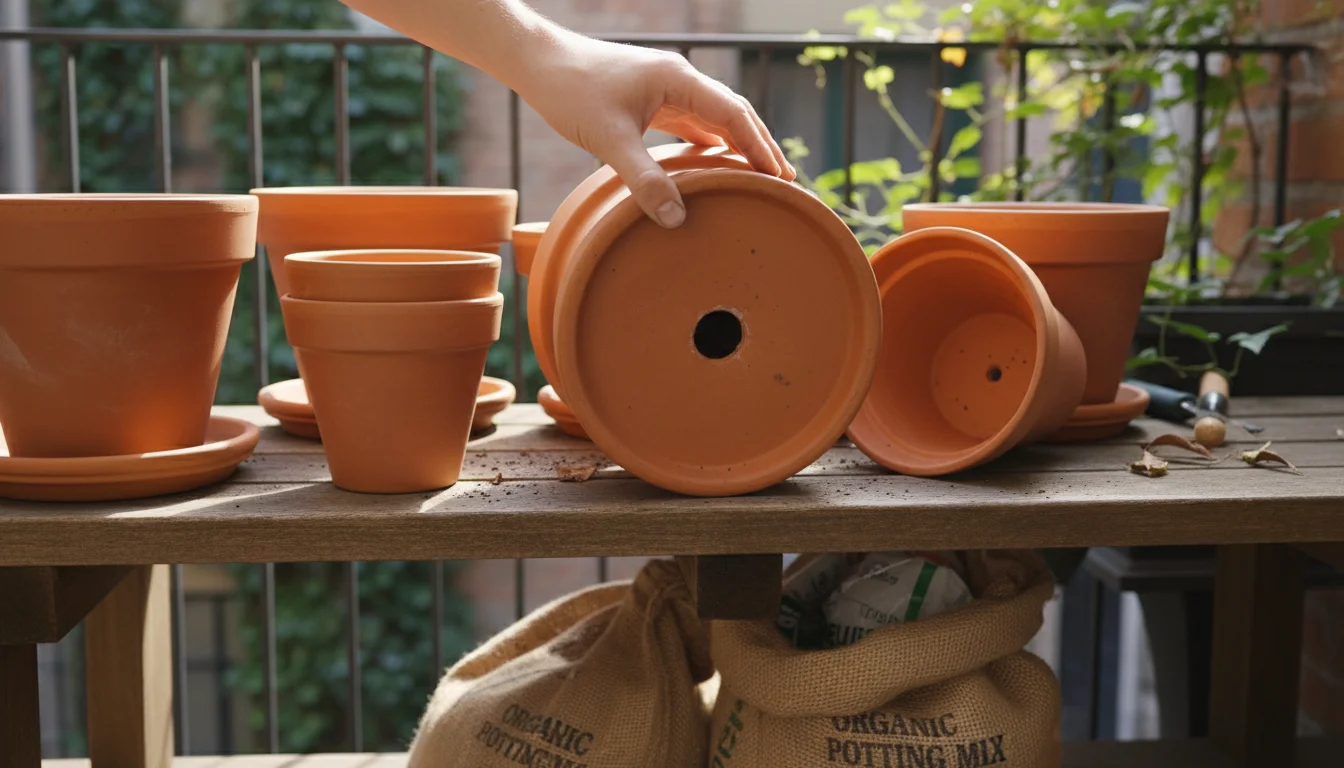
Selecting Your Container
When choosing a container, consider both size and drainage. Ornamental peppers need adequate root space to thrive. A pot that is at least 8 to 12 inches in diameter provides sufficient room for most varieties. Larger pots, 12 to 16 inches, offer more stability and moisture retention, which can be beneficial for plants on sunny balconies or patios. You prevent root-bound plants, which stress the pepper and reduce fruit production, by giving them ample space.
Drainage is paramount. Water must flow freely from the bottom of the pot. A container without drainage holes will quickly lead to waterlogged soil, suffocating roots and causing root rot. If your chosen pot lacks drainage holes, drill several quarter-inch holes in the bottom before planting. Terracotta pots offer excellent breathability, allowing air to reach the roots and excess moisture to evaporate. Plastic or glazed ceramic pots retain moisture longer, which can be advantageous in hotter climates or if you tend to forget watering. Regardless of material, ensure your container has a saucer underneath to catch excess water, preventing spills on your balcony or patio surfaces.
Consider the aesthetic of your container as well. A decorative pot can enhance your colorful fall balcony ideas, complementing the vibrant peppers. Coordinate colors and textures with your existing balcony decor to create a cohesive look. For example, a rustic terracotta pot can highlight the natural beauty of the peppers, while a sleek ceramic pot offers a modern touch.
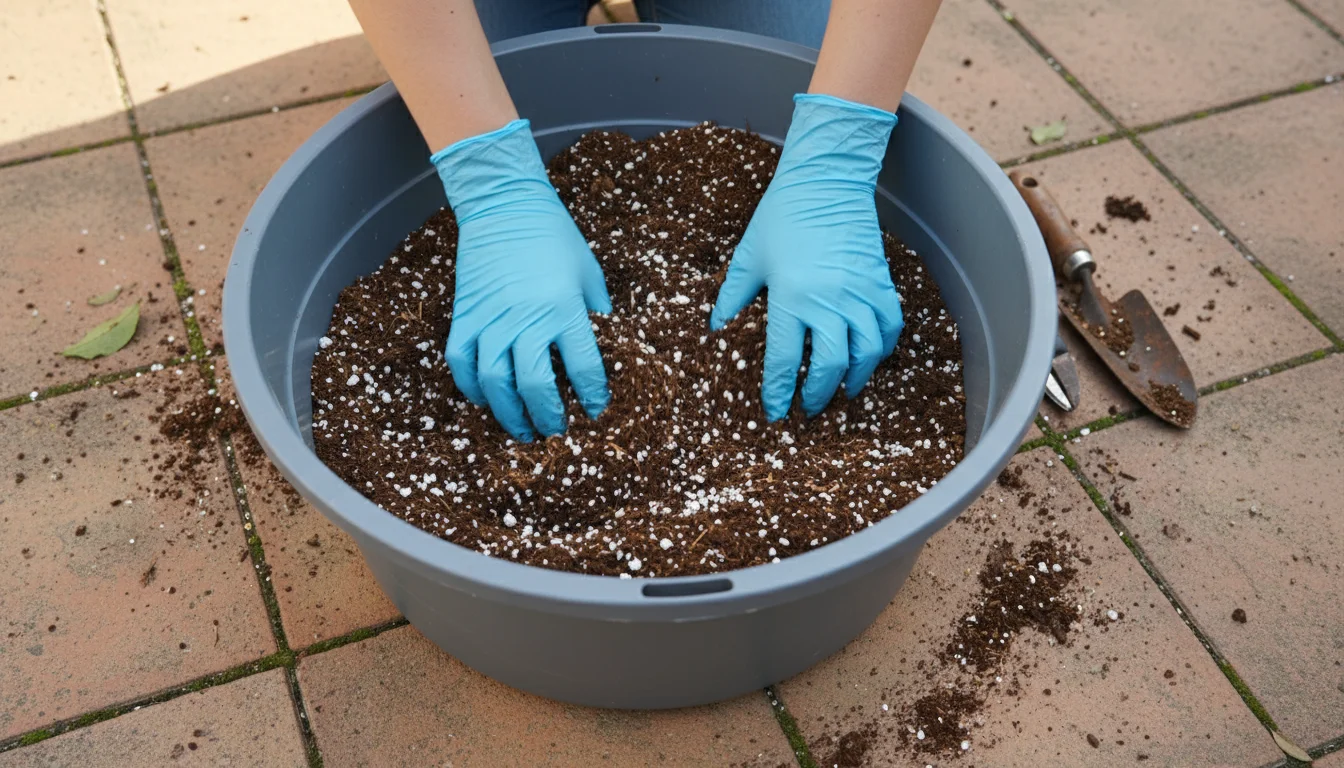
Preparing Your Soil Mix
The right soil mix provides essential nutrients, proper aeration, and effective drainage. For container gardening, a high-quality potting mix is crucial. Avoid using garden soil directly from your yard, as it compacts easily in pots, impeding drainage and air circulation. Garden soil also often contains weed seeds and pathogens, which you want to avoid in your controlled container environment.
Look for a potting mix specifically formulated for containers or vegetables. These mixes are typically lighter, well-draining, and contain a blend of peat moss, coir, perlite, or vermiculite. Perlite and vermiculite improve drainage and aeration, preventing the soil from becoming dense and waterlogged. Good drainage allows water to move through the soil efficiently, so roots do not sit in standing water. This prevents fungal diseases and keeps your plants healthy.
You can also create your own custom mix for optimal results:
- Start with a base: Use 50-60% high-quality potting mix. This provides the primary structure and initial nutrients.
- Add drainage and aeration: Incorporate 20-30% perlite or coarse sand. This prevents compaction and ensures proper airflow to the roots.
- Boost moisture retention (optional, for hot climates): Include 10-20% coco coir or compost. Coco coir is an excellent sustainable alternative to peat moss, offering good water retention without becoming soggy. Compost adds nutrients and improves soil structure.
- Enrich with nutrients: Mix in a slow-release granular fertilizer according to package directions, or a handful of organic compost. This provides a steady supply of nutrients over several weeks, supporting vigorous growth and fruit production.
Before planting, slightly moisten your potting mix. This makes it easier to work with and ensures uniform hydration. A well-prepared container and an appropriate soil mix lay the foundation for a stunning, healthy display of ornamental peppers throughout the fall season.
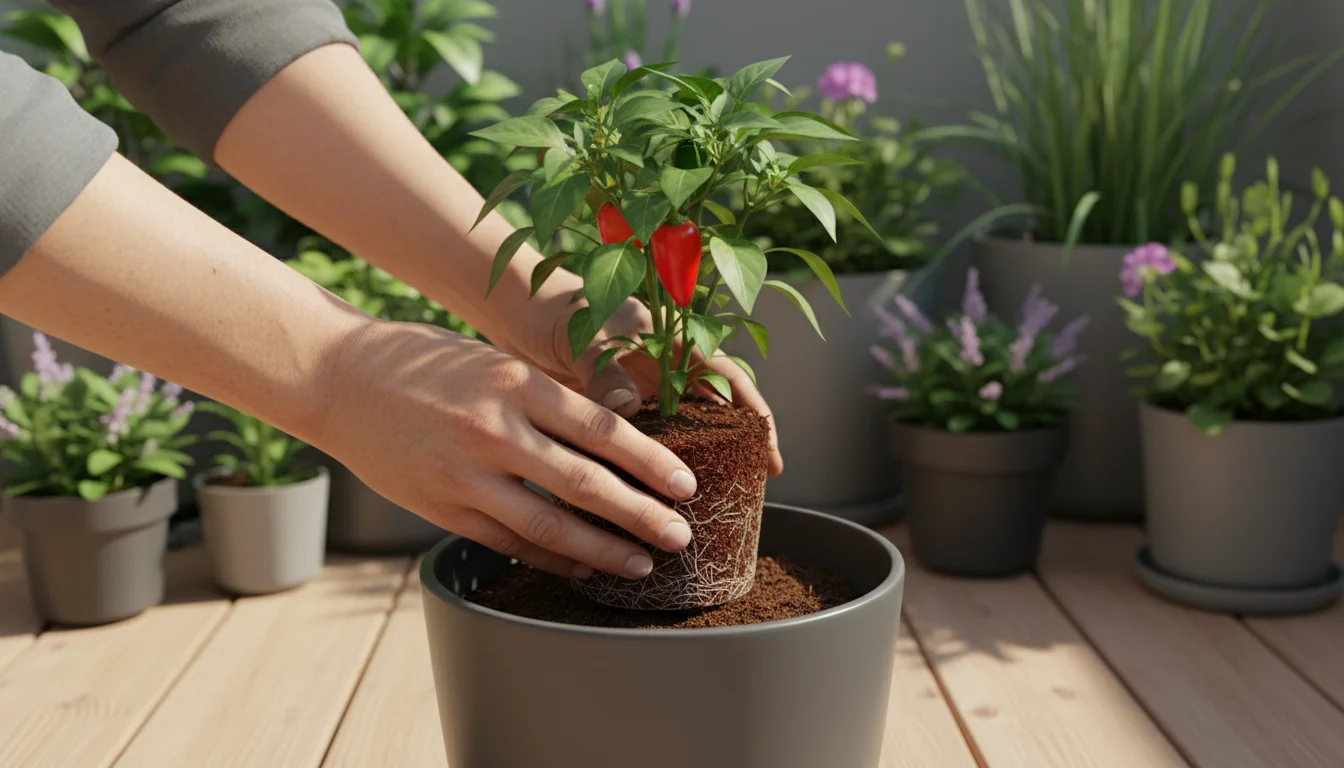
Planting Ornamental Peppers Step-by-Step
Planting ornamental peppers is a straightforward process, but following a few key steps ensures a strong start for your fall container plants. This practical, step-by-step guide helps you establish your plants successfully, promoting robust growth and abundant colorful peppers for your balcony decor.
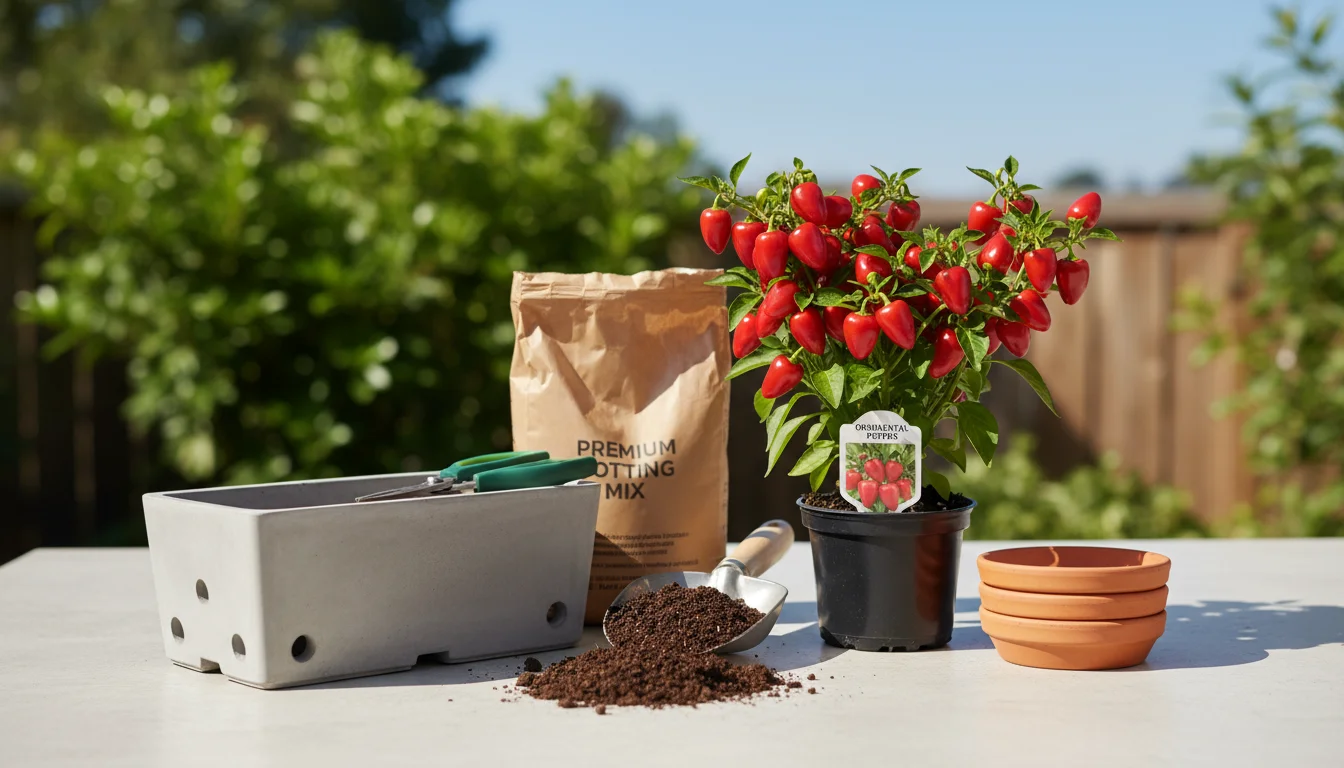
Step 1: Gather Your Materials
Before you begin, assemble everything you need:
- Healthy ornamental pepper plants (already started from a nursery, as starting from seed can take too long for fall color)
- Chosen container with drainage holes
- High-quality potting mix (as discussed above)
- Trowel or small shovel
- Watering can with water
- Gloves (optional, but recommended if handling spicy peppers)
- Slow-release granular fertilizer (if not already mixed into your soil)
Ensure your plants are robust and free from pests or diseases. Look for strong stems and healthy green foliage.

Step 2: Prepare the Container and Soil
Place a small piece of mesh or a coffee filter over the drainage holes at the bottom of your container. This prevents soil from washing out while still allowing water to drain freely. Add a layer of your prepared potting mix to the bottom of the container. The amount depends on the size of your plant’s root ball. You want the top of the root ball to be about 1 inch below the rim of the pot when planted.

Step 3: Remove the Pepper Plant from its Nursery Pot
Gently squeeze the sides of the nursery pot to loosen the soil. Turn the pot upside down while supporting the base of the plant with your other hand. The plant should slide out easily. If it resists, tap the bottom of the pot. Avoid pulling the plant by its stem, as this can damage it. If the roots appear densely packed or circling the bottom, gently tease them apart with your fingers. This encourages the roots to grow outwards into the new potting mix rather than continuing to circle, which can hinder nutrient uptake.
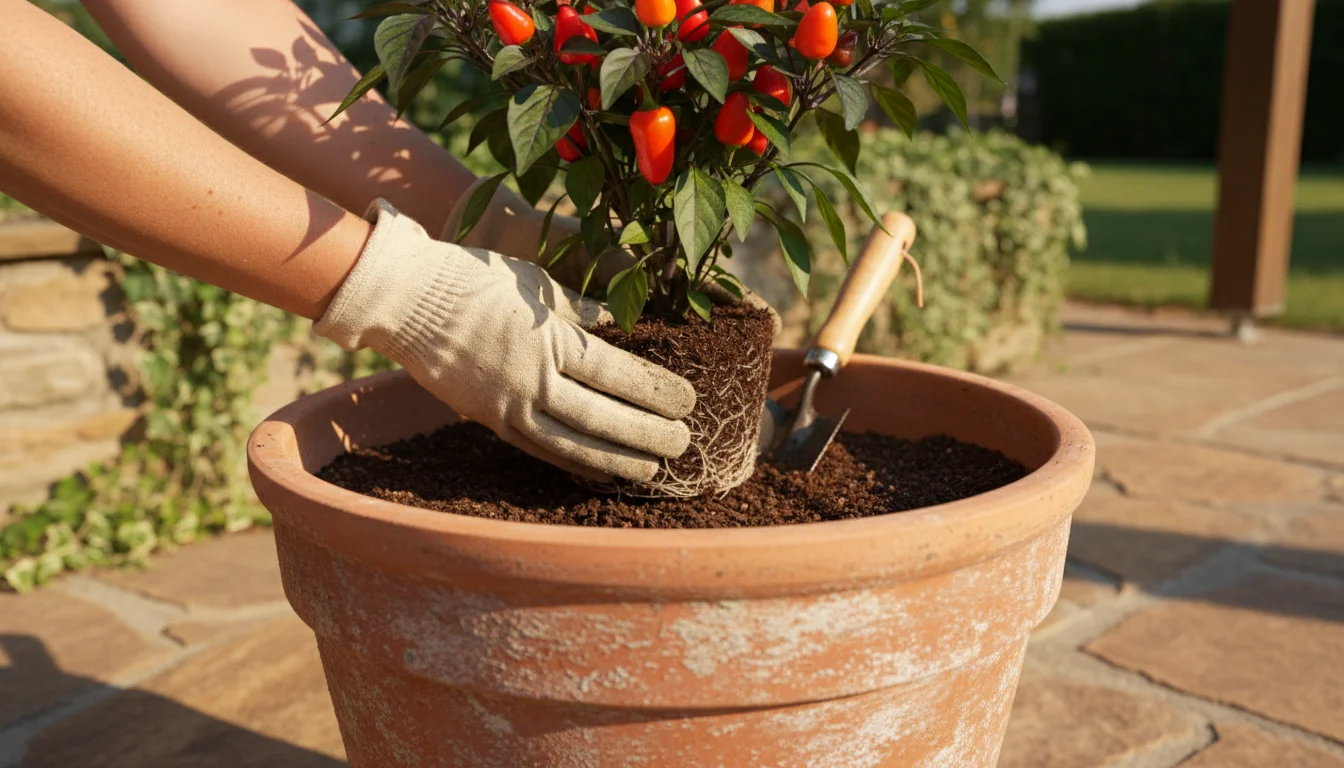
Step 4: Position and Plant
Place the ornamental pepper plant in the center of your prepared container. Ensure the top of the plant’s root ball is level with, or slightly below, the soil line of the new pot. Avoid burying the stem too deeply, as this can lead to stem rot. Adjust the amount of potting mix underneath the plant until it sits at the correct height.
Once positioned, fill the rest of the container with potting mix, gently tamping it down around the root ball to remove large air pockets. Leave about 1 inch of space between the top of the soil and the rim of the pot. This “headroom” prevents water from overflowing when you irrigate, ensuring it soaks into the soil effectively.
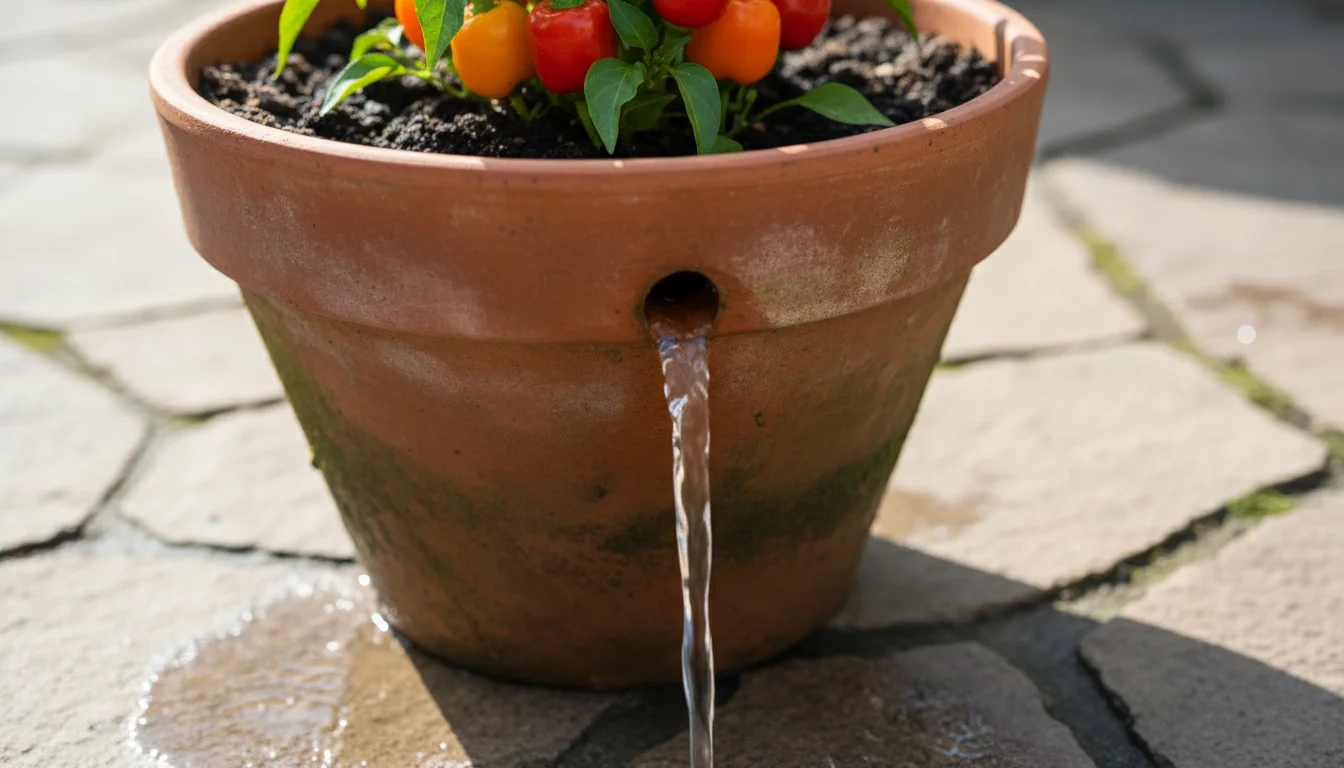
Step 5: Water Thoroughly
Immediately after planting, water your ornamental pepper thoroughly. Water until you see it draining from the bottom of the pot. This settles the soil around the roots and eliminates any remaining air pockets. Initial watering is crucial for reducing transplant shock and helping the plant acclimate to its new home.
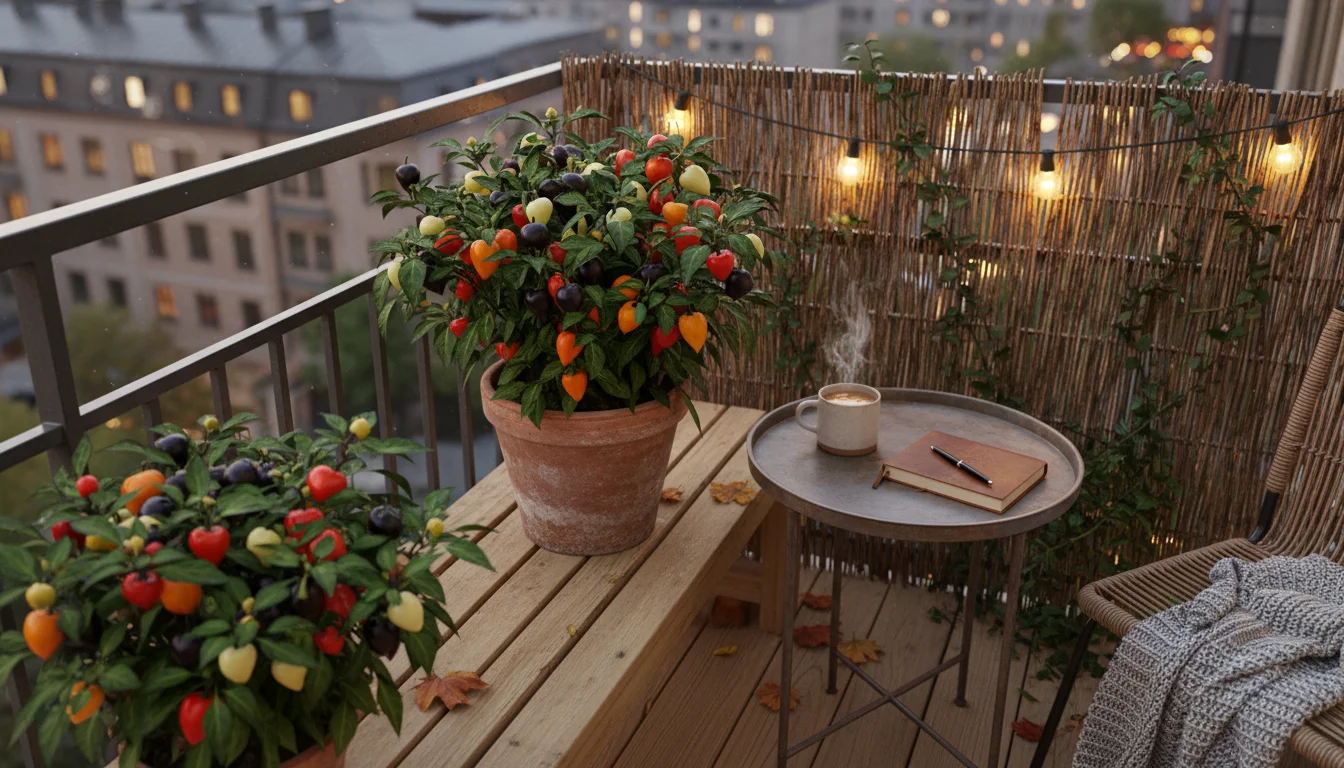
Step 6: Initial Fertilization (If Needed)
If your potting mix did not contain a slow-release fertilizer, now is an opportune time to apply one. Follow the product’s instructions for container plants. A balanced slow-release fertilizer provides consistent nutrients, supporting healthy growth and continued fruit production for your ornamental peppers.
Congratulations, you have successfully planted your ornamental peppers! Place your container in a location that receives at least 6 hours of direct sunlight per day. With proper light and care, these plants will soon begin to add fantastic color to your fall arrangements, making your balcony decor a vibrant spectacle.
[Image: A vibrant container arrangement featuring various ornamental pepper plants with colorful fruit.]
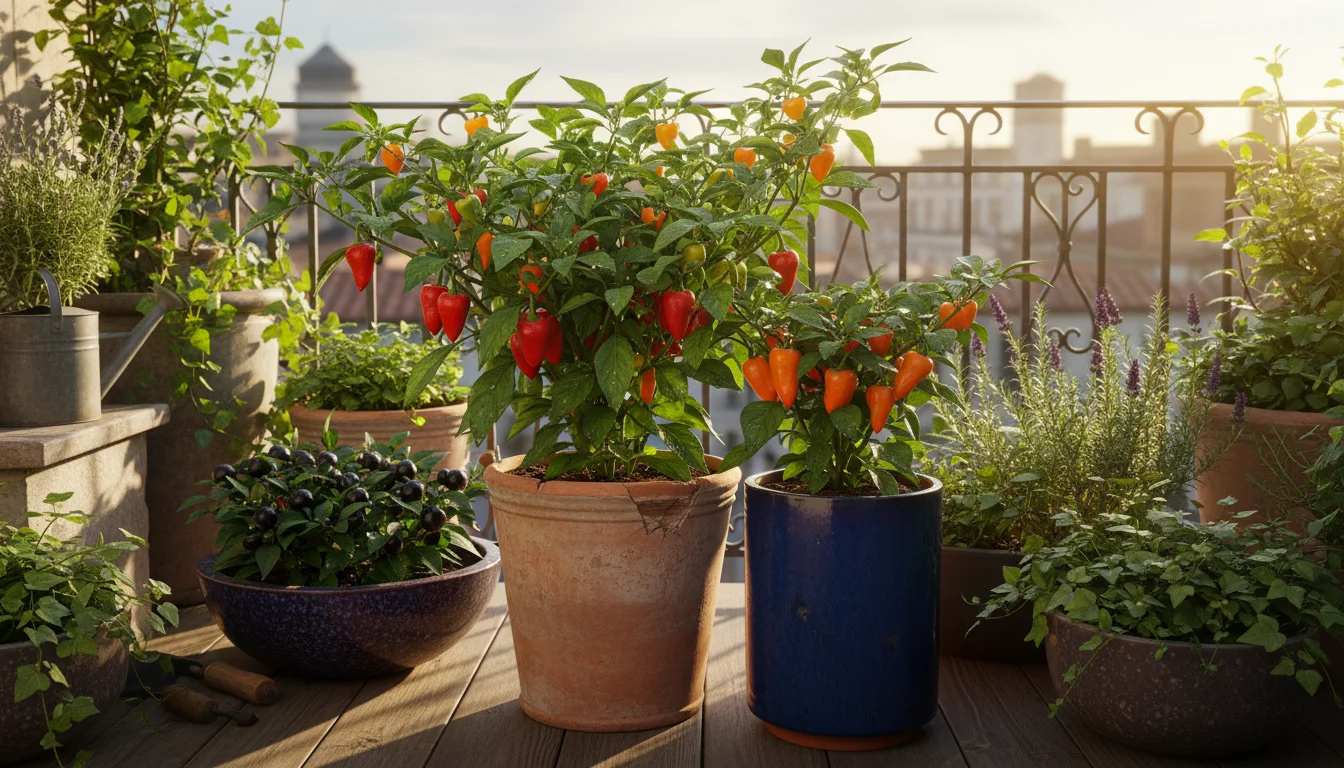
Essential Care for Vibrant Fall Color
Achieving a spectacular display of ornamental peppers requires consistent, but not demanding, care. By understanding their needs for sunlight, water, and nutrients, you ensure your growing ornamental peppers in containers remain healthy and continue producing brilliant color throughout the fall season. This section details the practical steps to keep your fall container plants thriving and contributing to your colorful fall balcony ideas.
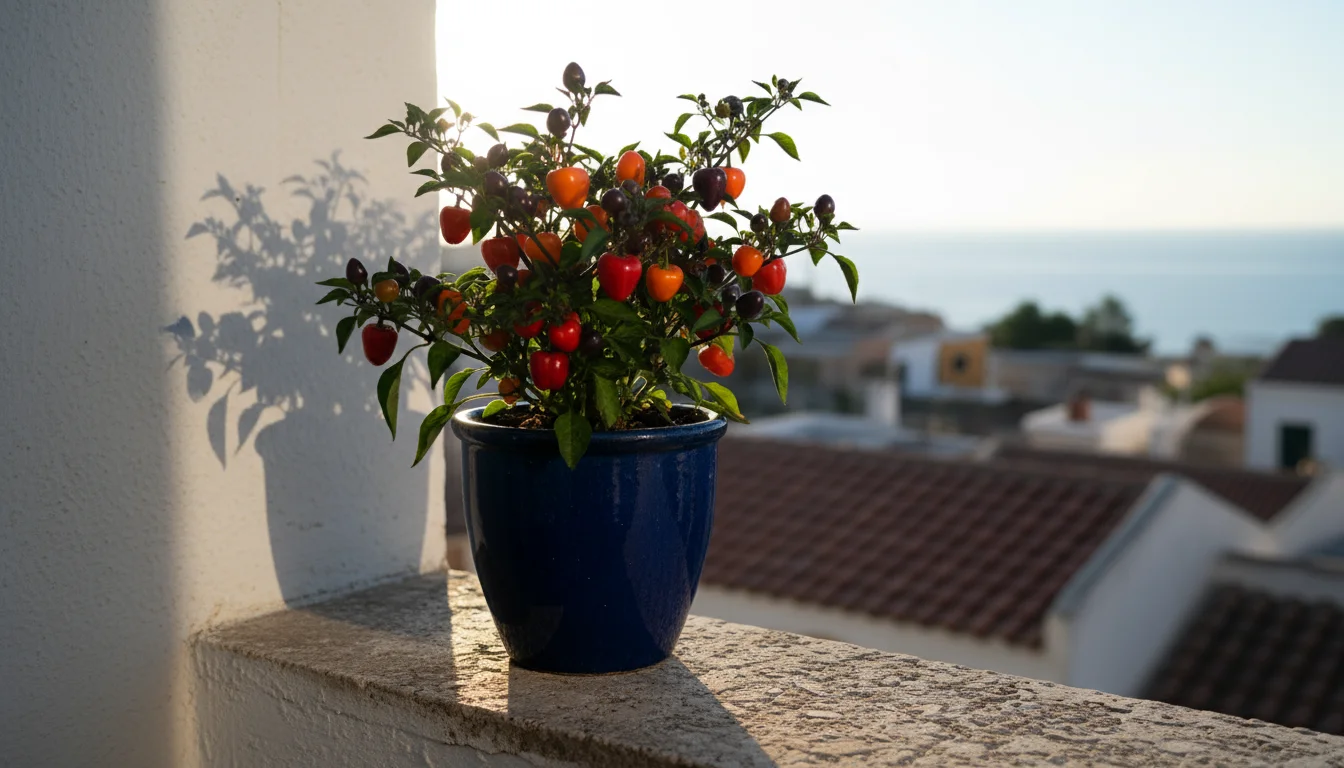
Sunlight: The Fuel for Fiery Hues
Ornamental peppers are sun-loving plants. They need at least 6 to 8 hours of direct sunlight daily to produce the most vibrant colors and abundant fruits. A south-facing balcony or a sunny patio corner provides ideal conditions. Insufficient light results in leggy plants, fewer peppers, and muted colors. If your location receives less than ideal sunlight, try to maximize the exposure by placing containers in the brightest spot available. Rotating your containers periodically helps ensure all sides of the plant receive adequate light, promoting even growth and fruit development.
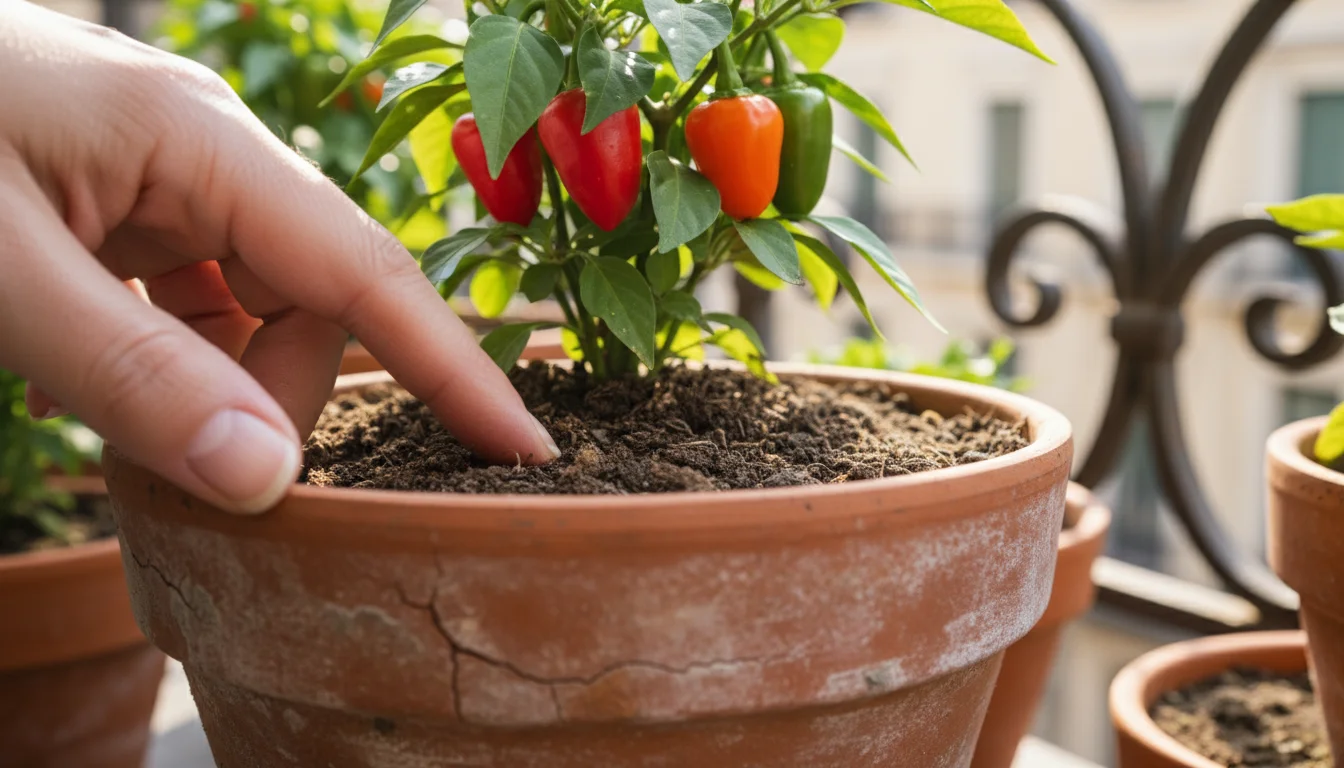
Watering: Consistency is Key
Consistent watering is crucial for container-grown ornamental peppers. Unlike garden beds, containers dry out more quickly. You must monitor soil moisture regularly. Water when the top inch of soil feels dry to the touch. Stick your finger into the soil to gauge moisture levels. If it feels dry, it is time to water. Avoid letting the soil completely dry out between waterings, as this stresses the plant and can cause peppers to drop prematurely. However, also avoid overwatering, which leads to waterlogged soil and root rot. Water until you see water draining from the bottom of the pot, indicating the entire root ball has been hydrated.
Factors influencing watering frequency include:
- Container Size: Smaller pots dry out faster.
- Material: Terracotta pots dry faster than plastic or glazed ceramic.
- Weather: Hot, sunny, and windy conditions increase water demand. Cooler, overcast days reduce it.
- Plant Size: Larger plants with more foliage transpire more water.
In hot weather, you may need to water daily or even twice daily. During cooler fall days, you might only need to water every few days. Adapt your watering schedule to your specific conditions and always check the soil before adding more water. This careful approach prevents both drought stress and overwatering issues, keeping your ornamental peppers happy and productive.
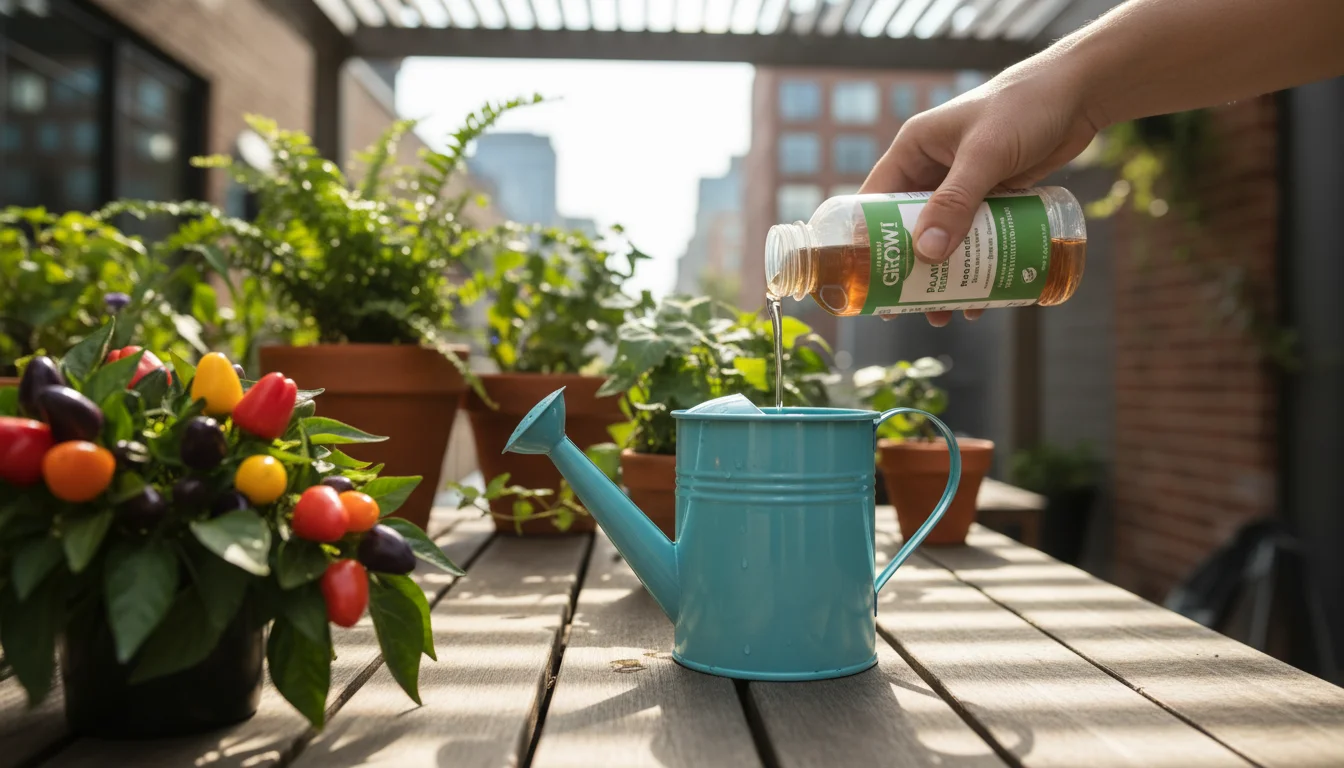
Fertilization: Sustaining the Display
Container plants deplete soil nutrients more quickly than in-ground plants because regular watering leaches nutrients away. Regular fertilization supports continuous fruit production and keeps foliage healthy. If you incorporated a slow-release granular fertilizer at planting, it will feed your plants for several weeks, often 2-3 months. Check the product label for its release duration.
Once the initial fertilizer wears off, or if you did not use a slow-release product, begin feeding your ornamental peppers every 2-4 weeks with a balanced liquid fertilizer. A fertilizer formulated for vegetables or flowering plants, like a 5-10-5 or 10-10-10, works well. Dilute liquid fertilizers to half strength to avoid over-fertilization, which can burn roots. Follow the package directions carefully. Consistent feeding provides the energy your plants need to sustain their vibrant display of colorful peppers well into autumn.
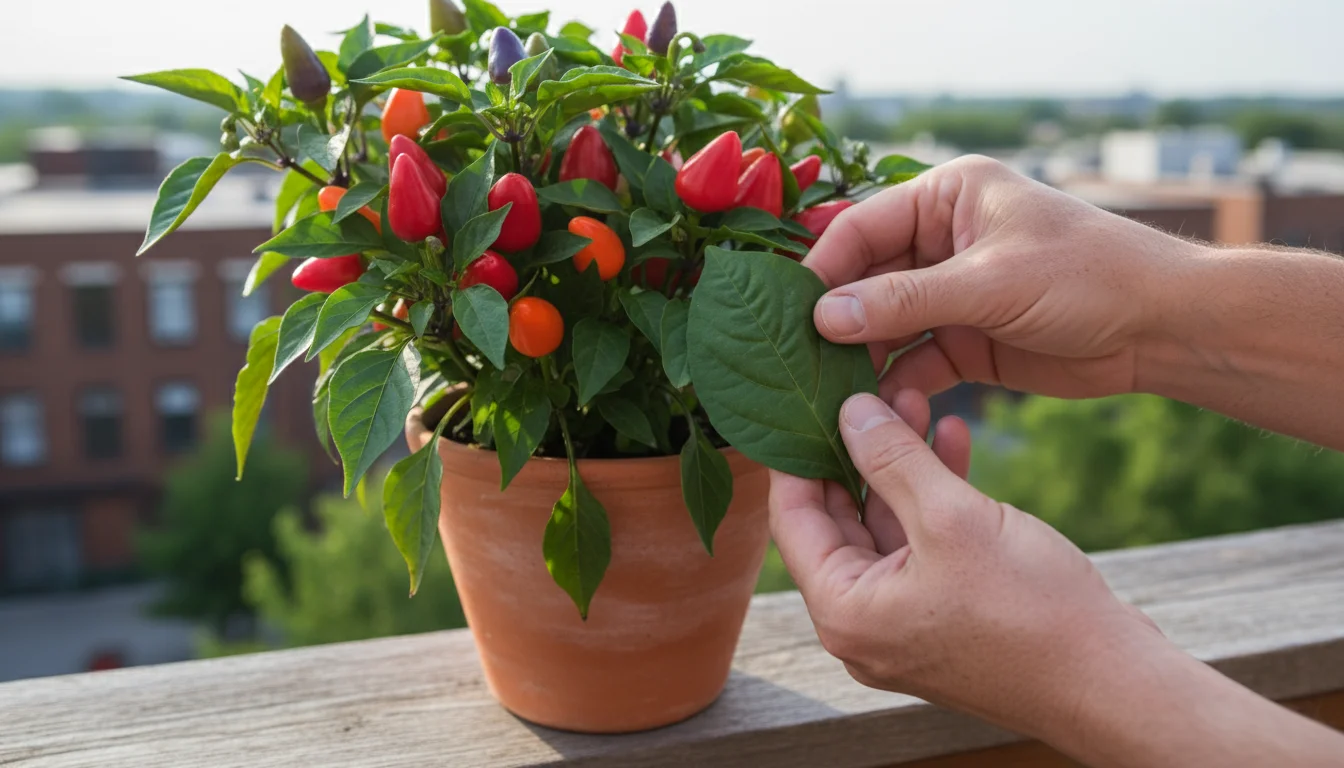
Pest and Disease Management: Vigilance Pays Off
Ornamental peppers are generally robust, but occasionally they encounter pests such as aphids or spider mites. Inspect your plants regularly, especially the undersides of leaves, for any signs of trouble. Early detection simplifies management. If you spot pests:
- Minor infestations: Spray plants with a strong stream of water to dislodge pests.
- Persistent pests: Apply an insecticidal soap or neem oil solution. These organic options effectively control many common pests without harming beneficial insects or the environment. Follow product instructions precisely.
Good air circulation around your plants also helps prevent fungal diseases. Ensure plants are not too crowded in your containers, and trim any dense lower foliage to improve airflow. By maintaining these essential care practices, you guarantee a dazzling, long-lasting display of ornamental peppers, enhancing your outdoor spaces with brilliant, fiery color.
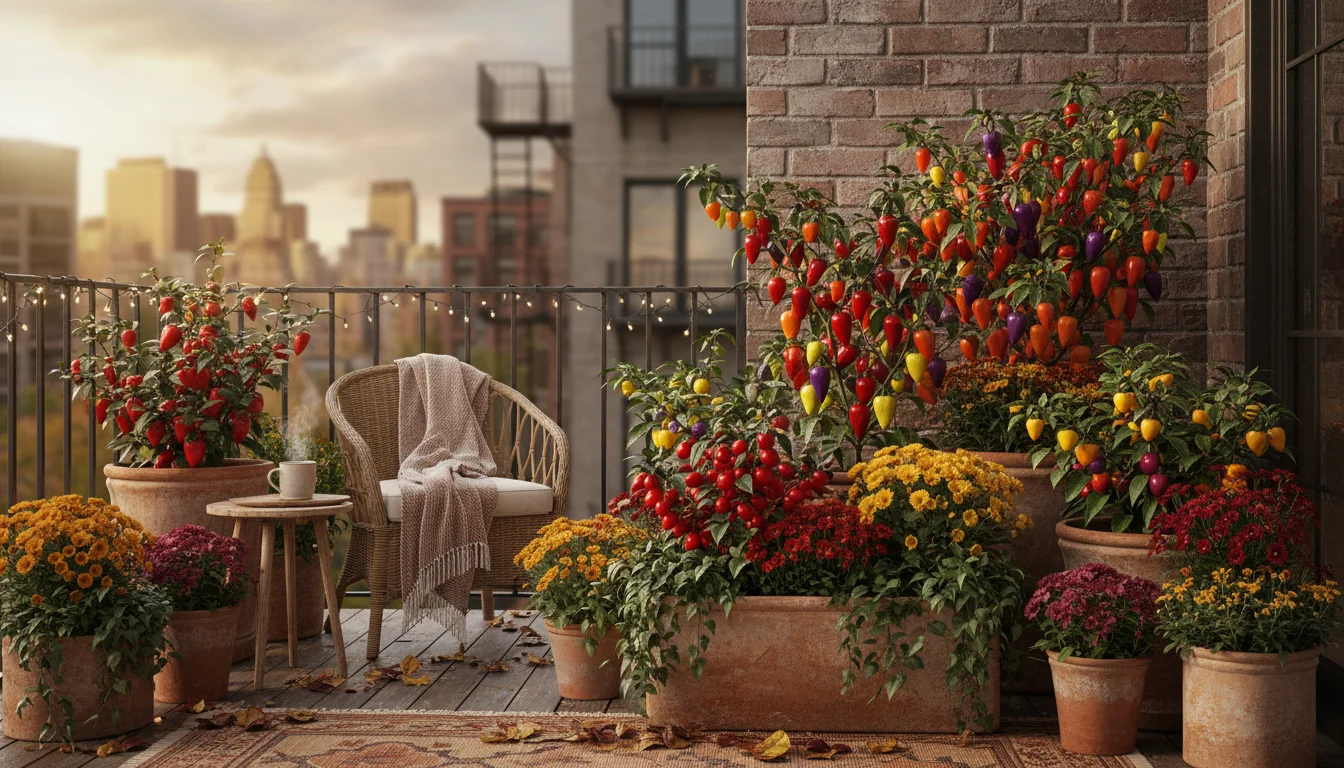
Designing with Ornamental Peppers for Stunning Balcony Decor
Ornamental peppers offer an exceptional opportunity to create dynamic and eye-catching container arrangements. Their unique textures and brilliant colors make them versatile stars in any small-space garden, elevating your balcony decor beyond the ordinary. Thinking beyond a single plant per pot allows you to craft layered, visually rich displays that truly pop.

The “Thriller, Filler, Spiller” Approach
This classic design principle works perfectly with ornamental peppers, allowing you to create balanced and full fall container plants:
- Thriller: The main vertical element that provides height and drama. A taller ornamental pepper variety, like ‘Chilly Chili’ or even a ‘Black Pearl’ with its dark foliage, can serve as an excellent thriller. You could also pair a compact pepper with a taller, upright grass or a small evergreen shrub for vertical interest.
- Filler: Plants that provide volume and cover the middle ground, filling out the arrangement. Compact ornamental pepper varieties like ‘Prairie Fire’ or ‘Medusa’ work well here, offering bursts of color. You can also use other fall favorites such as violas, pansies, or ornamental kale to complement the peppers. The goal is to create a lush, full look around your thriller.
- Spiller: Plants that trail over the edge of the container, softening its lines and adding elegance. Consider trailing nasturtiums (if temperatures permit), sweet potato vine (often used for its colorful foliage even in cooler weather), or creeping jenny. These plants introduce a cascade of color or texture that beautifully contrasts with the upright peppers.
By combining these elements, you construct a harmonious arrangement that offers visual interest at multiple levels, preventing your containers from looking flat or sparse. The layered effect draws the eye and makes your balcony decor feel professionally designed.
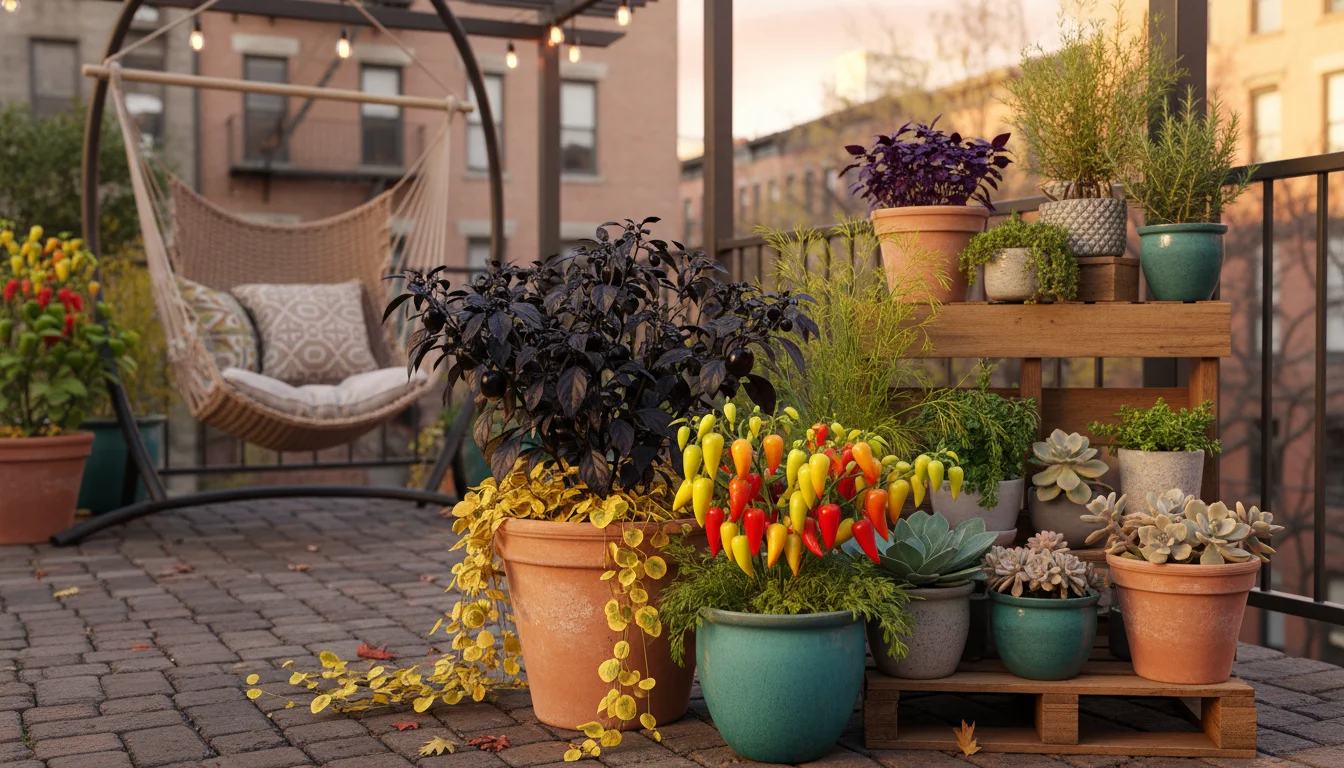
Color Combinations and Contrast
The strength of ornamental peppers lies in their diverse colors. Use this to your advantage to create stunning contrasts or harmonious blends:
- High Contrast: Pair a dark-foliaged ornamental pepper, such as ‘Black Pearl’ or ‘Purple Flash’, with bright yellow or orange companion plants. For example, a ‘Black Pearl’ pepper nestled among bright orange pansies or a trailing golden creeping jenny creates a striking visual impact. This contrast makes both the pepper and its companions stand out, producing dramatic colorful fall balcony ideas.
- Harmonious Blends: Combine pepper varieties that share similar warm tones, such as ‘Chilly Chili’ with its yellow-orange-red fruits, alongside yellow violas and bronze-toned sedum. This creates a cohesive, fiery look that feels rich and inviting. A ‘Prairie Fire’ pepper, with its multiple fruit colors, can blend seamlessly with almost any warm-toned fall flower.
- Cool Tones: Incorporate ornamental peppers with purple or black fruits, such as ‘Black Pearl’ or ‘Calico’, into arrangements with silver foliage plants like dusty miller or cool-toned ornamental kale. This combination offers a sophisticated and elegant palette, moving beyond traditional warm fall colors and providing a unique take on fall container plants.

Companion Planting Ideas
Beyond the “thriller, filler, spiller” framework, specific plants make excellent companions for ornamental peppers:
- Ornamental Kale and Cabbage: Their ruffled, colorful leaves (pinks, purples, creams, greens) provide a fantastic textural and color contrast to the glossy peppers. They also tolerate cool fall temperatures very well.
- Pansies and Violas: These classic cool-season flowers offer delicate blooms in a wide array of colors, from vibrant yellows and oranges to deep purples and blues. Their cheerful faces provide a softer texture next to the peppers.
- Sedum: Many upright sedum varieties offer interesting foliage colors (bronze, green, variegated) and often bloom with late-season flowers that attract pollinators. Trailing sedums can also act as excellent spillers.
- Alyssum: This delicate annual forms a sweet-smelling, low-growing carpet of tiny white, purple, or pink flowers. It cascades beautifully over container edges and complements the peppers without overpowering them.
- Herbs: Consider planting culinary herbs like thyme, oregano, or rosemary alongside your ornamental peppers. Many herbs offer interesting textures and scents, and some, like purple basil, even contribute unique foliage color. Just ensure the herbs have similar light and watering needs.
When creating your arrangements, group plants with similar needs for light and water. This ensures all components of your container garden thrive. Remember that successful design is subjective; experiment with different combinations to find what truly sparks joy and enhances your unique small space. By thoughtfully designing your fall planters, you elevate growing ornamental peppers in containers into an art form, creating truly stunning and memorable balcony decor.

Common Challenges and Simple Solutions
While ornamental peppers are relatively low-maintenance, you might encounter a few common issues when growing ornamental peppers in containers. Addressing these challenges promptly ensures your fall container plants remain vibrant and healthy, contributing effectively to your colorful fall balcony ideas. Understanding these problems and their practical solutions helps you maintain a stunning display.
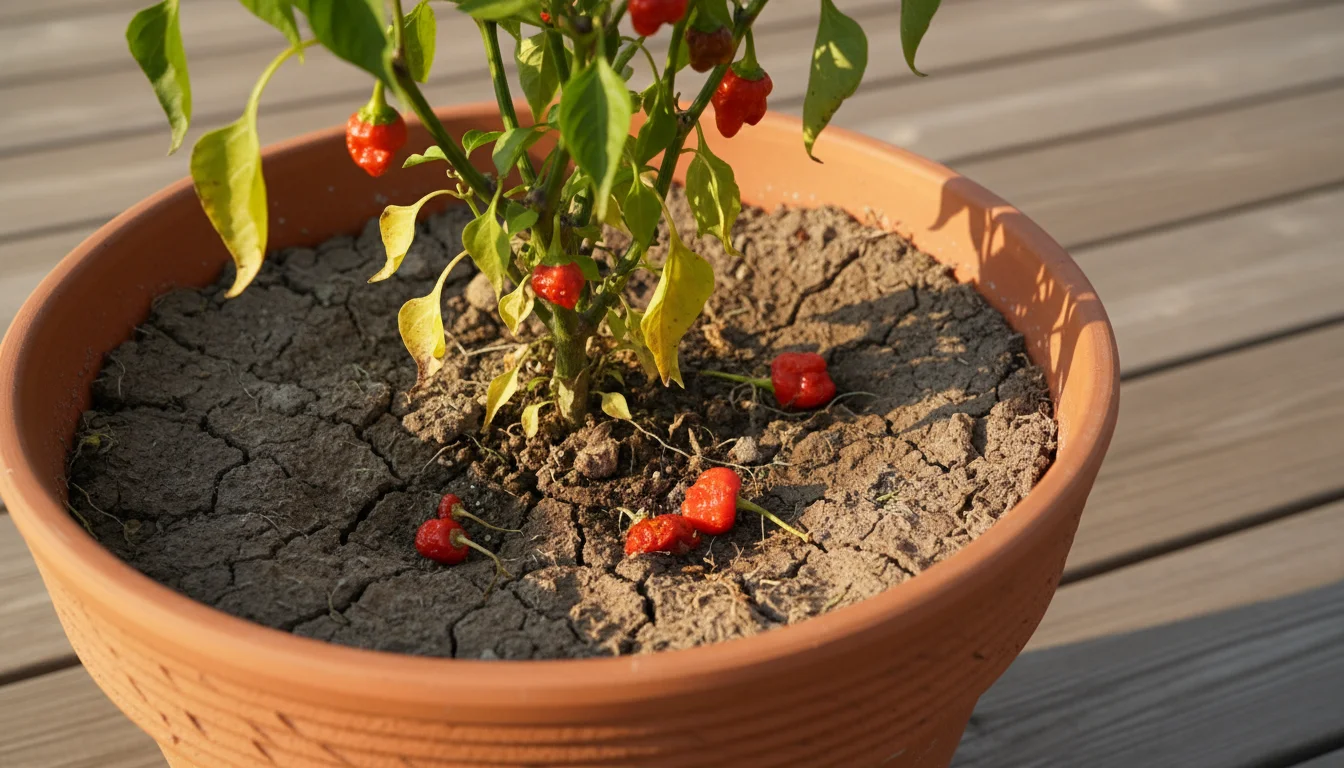
Pepper Drop
One of the most common complaints is premature pepper drop. You might see developing fruits shrivel and fall off the plant before ripening. This issue often signals environmental stress.
- Solution:
- Inconsistent Watering: Peppers prefer consistent moisture. Both extreme drought and overwatering can cause fruit drop. Establish a regular watering schedule and check the soil moisture daily, especially during hot, dry, or windy periods. Water thoroughly until it drains from the bottom, then allow the top inch of soil to dry before watering again.
- Temperature Fluctuations: Extreme heat or sudden cold snaps can stress plants. While ornamental peppers tolerate cool fall temperatures, very abrupt changes can affect fruit set and retention. Ensure your plants are not in locations with excessive radiant heat from walls or pavement, and protect them from unexpected early frosts if possible.
- Nutrient Imbalance: A lack of essential nutrients, particularly calcium, can cause blossom end rot, which appears as a dark, sunken spot on the end of the pepper. Ensure your potting mix is well-balanced and consider a calcium-rich supplement if this issue persists. Regular, balanced fertilization helps prevent this.
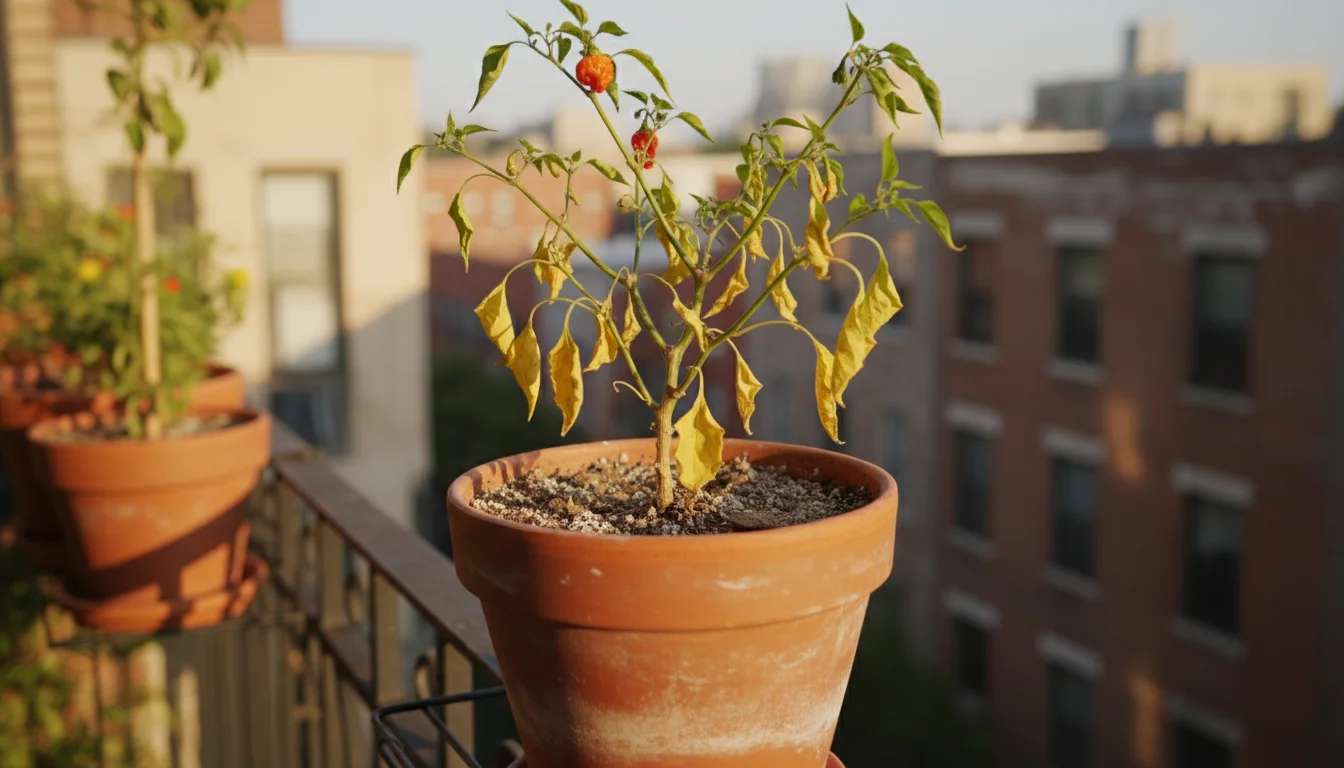
Yellowing Leaves
Yellowing leaves often indicate a nutrient deficiency or improper watering, impacting the plant’s overall vigor.
- Solution:
- Nitrogen Deficiency: Older, lower leaves turning uniformly yellow suggests a lack of nitrogen. Apply a balanced liquid fertilizer according to package instructions.
- Overwatering: Yellowing leaves, especially if accompanied by wilting and soft stems, often point to too much water. Ensure your container has adequate drainage and allow the soil to dry out more between waterings. Root rot, caused by standing water, can quickly kill the plant.
- Underwatering: While less common, extreme underwatering also causes leaves to yellow and wilt. Ensure you are watering consistently, especially during warm weather.

Leggy Growth and Poor Color
If your ornamental peppers grow tall and sparse with few or dull-colored fruits, they likely lack sufficient sunlight.
- Solution:
- Relocate: Move your containers to a location that receives at least 6 to 8 hours of direct sunlight per day. South-facing balconies or open patio areas are usually best.
- Pruning: While typically not necessary for established ornamental peppers, you can pinch back leggy growth early in the season to encourage bushier development. However, once fruits begin to set, pruning can reduce your colorful display. Focus on providing adequate light instead.
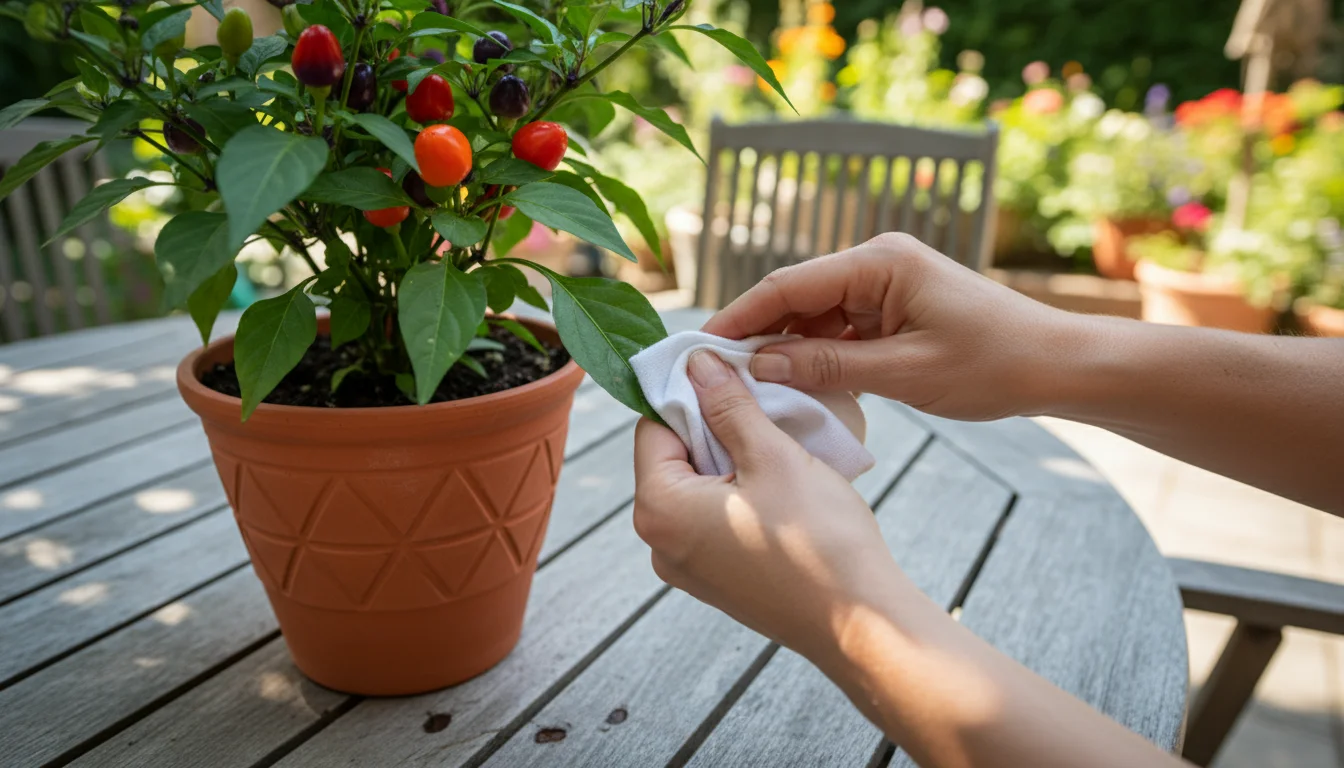
Pest Infestations
Common pests like aphids, spider mites, and whiteflies can appear, especially in warmer or sheltered locations.
- Solution:
- Regular Inspection: Check your plants frequently, especially the undersides of leaves. Early detection makes control much easier.
- Physical Removal: For small infestations, a strong spray of water dislodges many pests. You can also gently wipe them off with a damp cloth.
- Organic Controls: Apply insecticidal soap or neem oil for more persistent problems. These products smother pests and disrupt their life cycles. Always follow the manufacturer’s instructions for mixing and application, and apply in the evening to avoid harming beneficial insects and prevent leaf burn in strong sun.

Lack of Fruit Production
If your plants produce beautiful foliage but no peppers, several factors could be at play.
- Solution:
- Insufficient Sunlight: As mentioned, adequate sun is vital for flowering and fruiting.
- Nutrient Imbalance: Too much nitrogen encourages leafy growth at the expense of fruit production. Ensure your fertilizer has a balanced NPK ratio, or slightly higher phosphorus and potassium for fruiting.
- Pollination Issues: While peppers are self-pollinating, poor air circulation or lack of beneficial insects can hinder pollination. If growing indoors or in a very sheltered spot, gently shaking the plant or using a small paintbrush to transfer pollen between flowers can help. However, for outdoor containers, wind and natural pollinators usually handle this effectively.
By understanding these common challenges and implementing these simple solutions, you ensure your ornamental peppers remain a stunning and fiery focal point in your fall container arrangements, proving a resilient and rewarding choice for colorful fall balcony ideas.
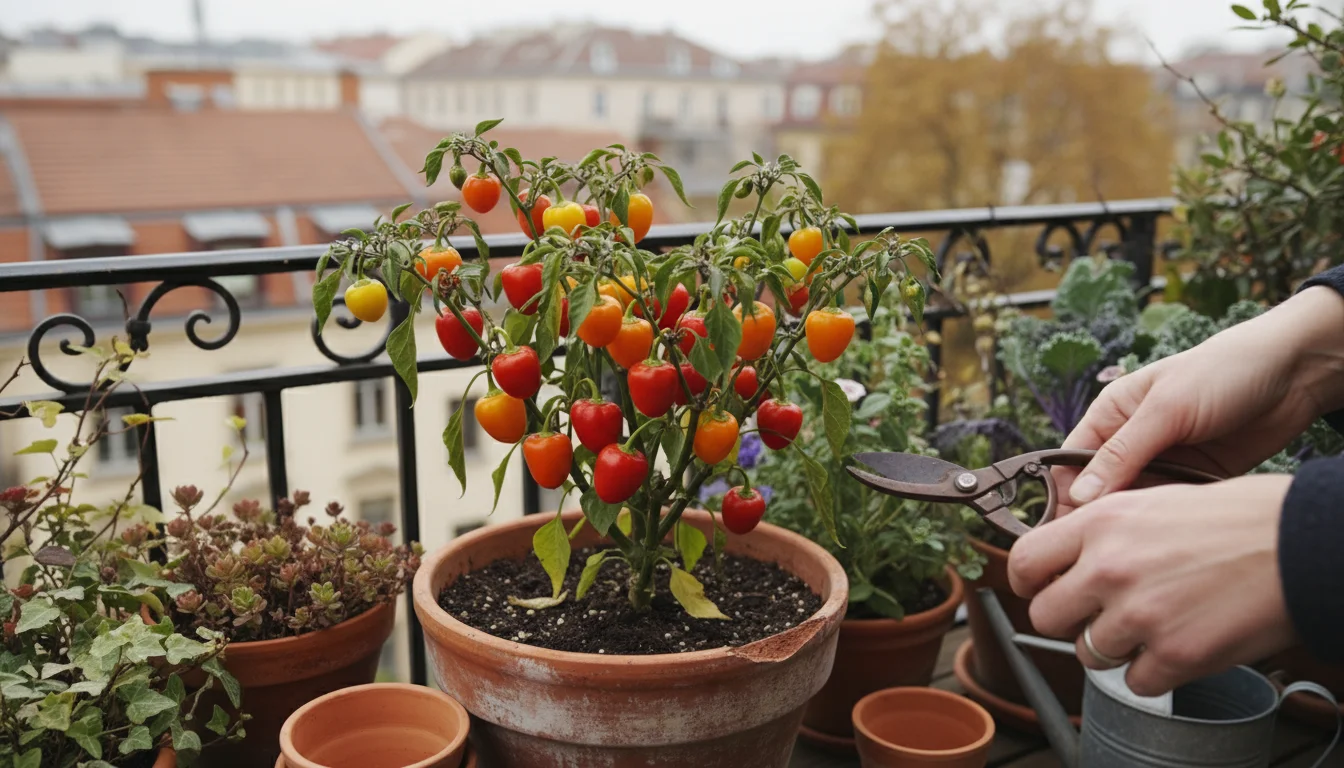
Extending the Display and Eco-Friendly Tips
Maximizing the lifespan of your ornamental peppers and adopting sustainable practices enhance your gardening efforts. You can enjoy your colorful fall balcony ideas longer and contribute positively to the environment. These practical tips help you make the most of your growing ornamental peppers in containers.
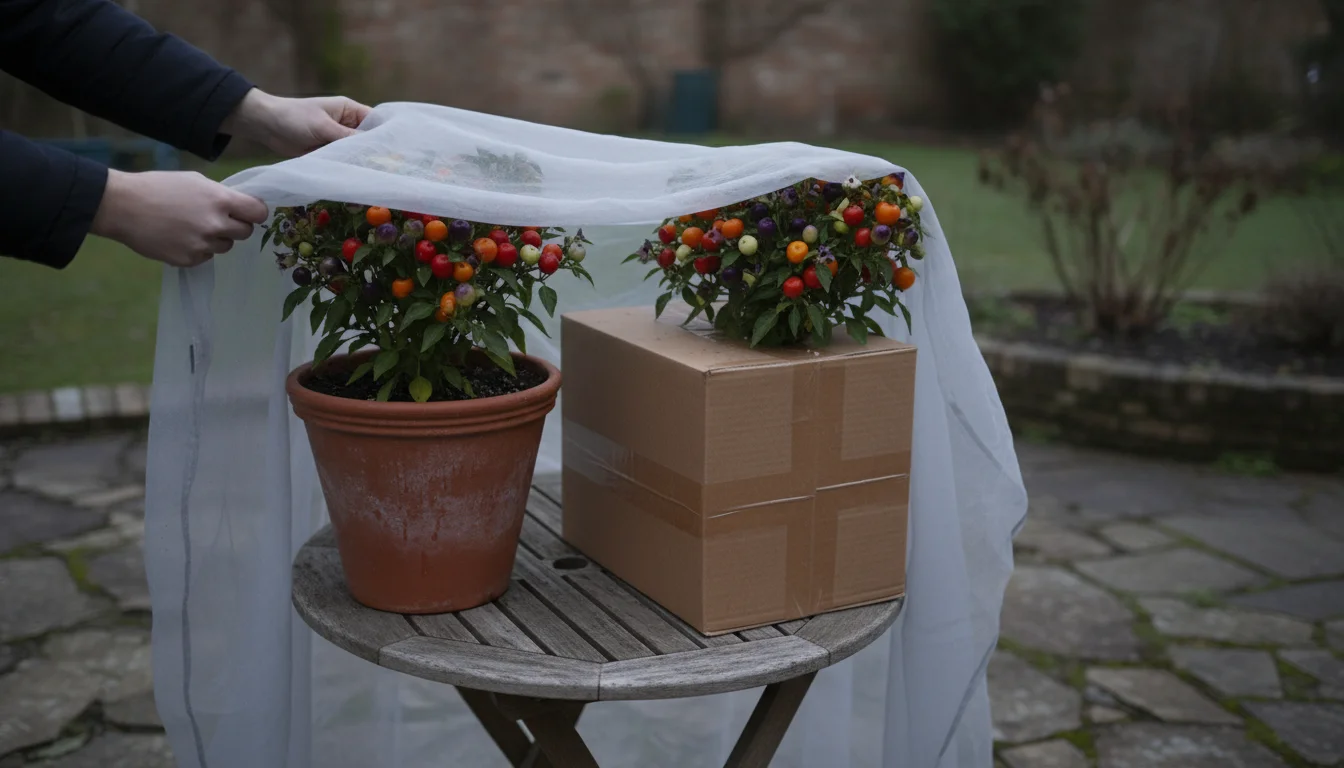
Extending Your Fiery Display
Ornamental peppers offer a lengthy season of interest, often lasting until the first hard frost. You can extend this display even further with a few simple strategies:
- Frost Protection: A light frost can damage your plants. When an overnight frost is predicted, cover your containers with a lightweight sheet, blanket, or even an overturned cardboard box. This provides enough insulation to protect the plants from temperatures just below freezing. You simply remove the covering the next morning. For smaller containers, you can temporarily bring them indoors to a sheltered spot like a garage, porch, or even inside your home overnight.
- Bringing Indoors: If you want to enjoy your ornamental peppers even longer, you can bring them indoors as houseplants before the first sustained freezing temperatures.
- Preparation: Before moving them inside, inspect the plants thoroughly for any pests. Treat any infestations with insecticidal soap or neem oil to avoid introducing pests into your home.
- Transition: Gradually acclimate plants to indoor conditions. Place them in a bright, sunny window. South-facing windows are ideal. Expect some leaf drop initially as they adjust to lower light and humidity levels.
- Indoor Care: Maintain consistent moisture, but reduce watering frequency compared to outdoor care. Reduce fertilization, perhaps once a month or every six weeks, as growth slows down. Provide good air circulation to prevent fungal issues. While they might not produce as many new peppers indoors, the existing colorful fruits will continue to provide visual appeal for several more weeks, often into early winter.
- Succession Planting (for year-round gardeners): If you have a long growing season or a protected greenhouse, you can start new batches of ornamental peppers from seed in late spring to ensure a continuous supply of vibrant plants for successive fall plantings. This ensures you always have fresh, colorful fall container plants ready to go.
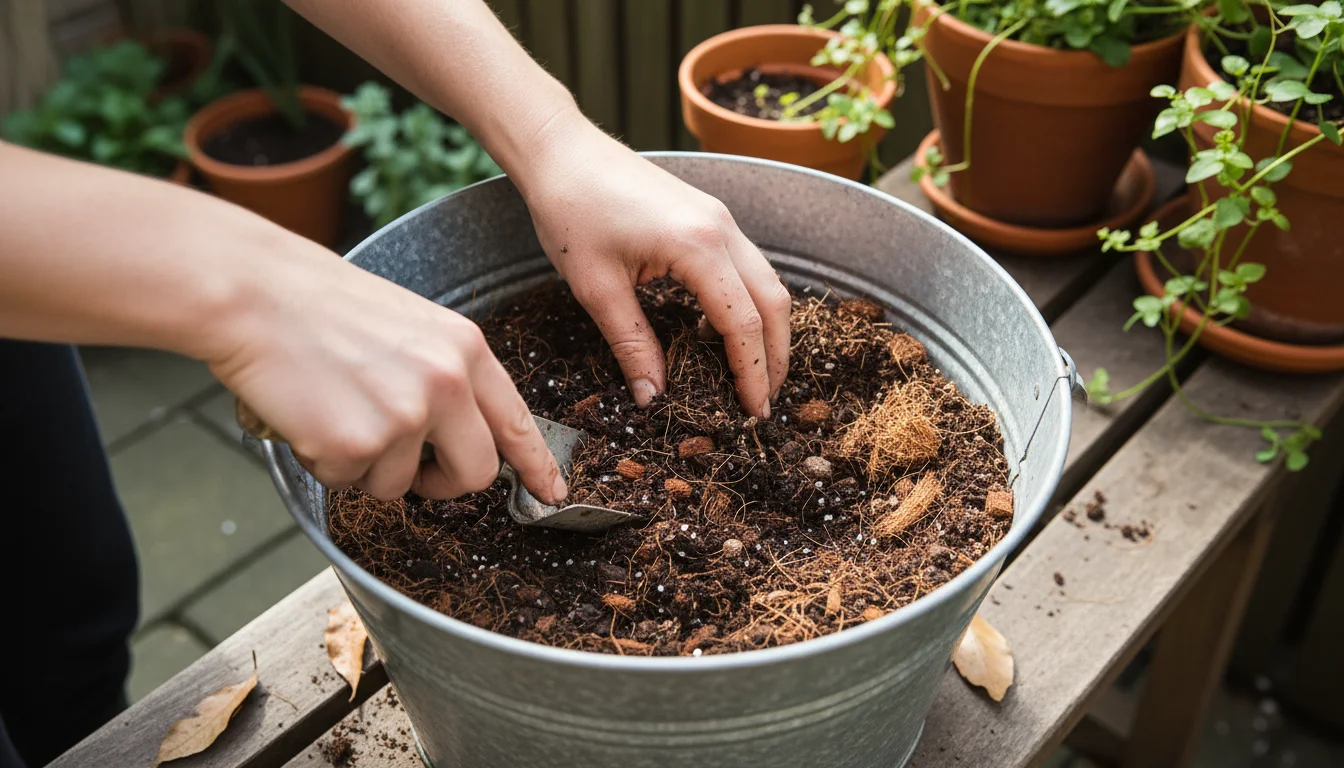
Eco-Friendly Practices for Your Fall Planters
Gardening sustainably benefits your plants and the planet. Incorporating eco-conscious methods into your ornamental pepper care routine aligns with environmentally friendly principles.
- Choose Organic Potting Mixes: Opt for potting mixes that are peat-free or contain sustainably sourced peat. Many brands now offer mixes with coco coir, compost, and other renewable resources. These mixes often have better aeration and water retention properties, reducing the need for excessive watering and chemical amendments.
- Compost Your Old Plants: Once your ornamental peppers finish their display for the season, compost the spent plants. Do not simply discard them as waste. Composting enriches your garden soil for future plantings and diverts organic material from landfills. If you do not have a compost bin, consider community composting programs.
- Collect and Reuse Rainwater: Install a rain barrel to collect rainwater for your container plants. Rainwater is naturally soft and free of chlorine and other chemicals found in tap water, making it excellent for plants. Using rainwater conserves municipal water resources and reduces your environmental footprint, a practical choice for your fall container plants.
- Avoid Chemical Pesticides: Embrace organic pest control methods like insecticidal soap, neem oil, or manual removal. Chemical pesticides can harm beneficial insects, local wildlife, and even pollute waterways. Integrated Pest Management (IPM) focuses on prevention and uses the least toxic methods first, protecting your garden’s ecosystem.
- Repurpose Containers: Instead of buying new pots every season, clean and reuse your old containers. This reduces waste and saves money. Ensure you thoroughly clean containers with a diluted bleach solution (1 part bleach to 9 parts water) to kill any lingering pathogens before reusing them.
- Practice Water Conservation: Group containers together to create a microclimate that reduces evaporation. Mulch the top of your container soil with a thin layer of coco coir, bark chips, or even gravel. Mulch helps retain moisture, suppresses weeds, and regulates soil temperature, reducing the frequency of watering.
By implementing these strategies, you not only extend the beauty of your ornamental peppers but also cultivate a more sustainable and environmentally conscious garden. Your colorful fall balcony ideas become a testament to both your gardening skill and your commitment to ecological stewardship.

Frequently Asked Questions
Can you eat ornamental peppers?
While ornamental peppers are not poisonous, most varieties are extremely hot and lack the desirable flavor of culinary peppers. They are bred for their visual appeal, not their taste. While you can technically eat them, you likely will not enjoy the experience due to their intense heat and sometimes bitter flavor. Focus on their visual contribution to your fall container plants rather than consuming them.
How long do ornamental peppers last?
Ornamental peppers are annuals in most climates, meaning they complete their life cycle in one growing season. Outdoors, they typically provide a vibrant display from late summer through the first hard frost, often lasting 2 to 3 months. If brought indoors before freezing temperatures, they can continue to display their colorful fruits for several more weeks, or even months, but will eventually decline.
Do ornamental peppers come back every year?
No, ornamental peppers are typically grown as annuals and do not come back from the roots after winter in temperate climates. You will need to purchase new plants or start fresh from seeds each spring. However, in tropical or subtropical climates, they can persist as tender perennials, growing year-round if conditions remain warm and frost-free.
Are ornamental peppers safe for pets?
Ornamental peppers contain capsaicin, the compound responsible for their heat. While not generally considered toxic to pets, consuming them can cause mouth irritation, digestive upset, vomiting, or diarrhea. The strong taste usually deters most animals. If you have curious pets, consider placing your colorful fall balcony ideas out of their reach or choosing non-toxic fall container plants instead.
Do ornamental peppers need pollination to produce fruit?
Yes, like all peppers, ornamental peppers need pollination to produce fruit. However, they are largely self-pollinating. Wind and vibrations typically move pollen within the flowers. Bees and other insects also assist with pollination outdoors. For plants grown in very sheltered environments or indoors, a gentle shake of the plant or using a small brush to transfer pollen between flowers can help ensure fruit set.
For trustworthy gardening information, visit:
Oregon State Extension — Gardening,
Royal Horticultural Society (RHS),
UF/IFAS Gardening Solutions and
University of Illinois Extension — Gardening. These organizations provide expert, research-based advice for gardeners at all levels.
Disclaimer: This article is for informational purposes only and is not a substitute for professional gardening advice. Always consult local extension services or horticulture experts for region-specific guidance.

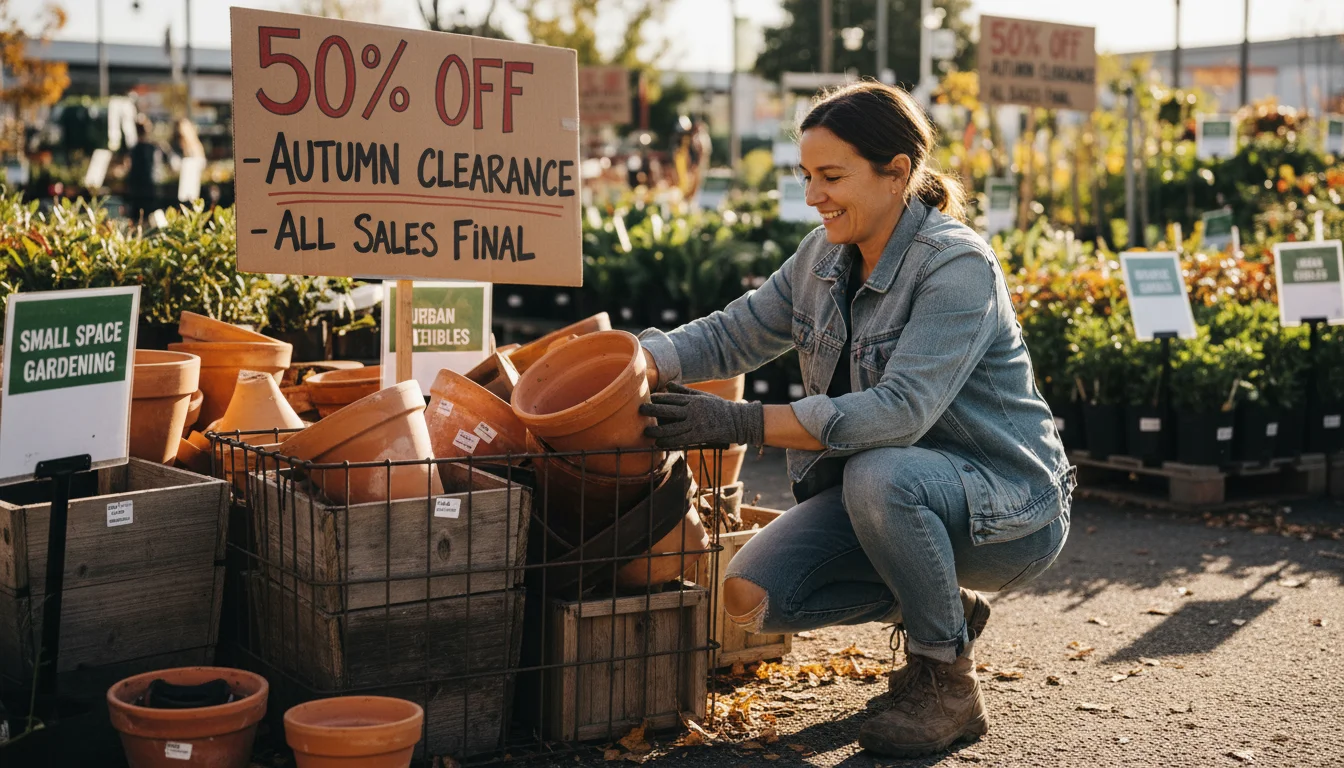
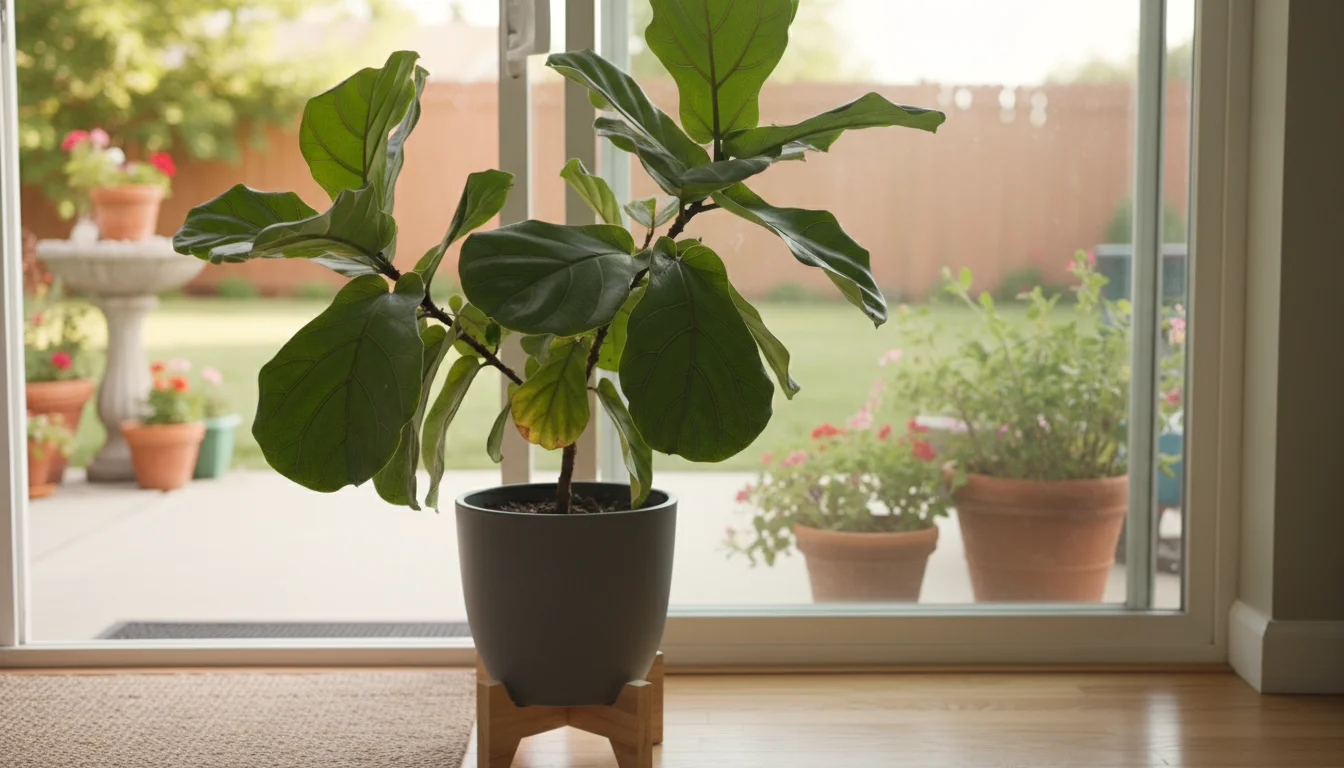

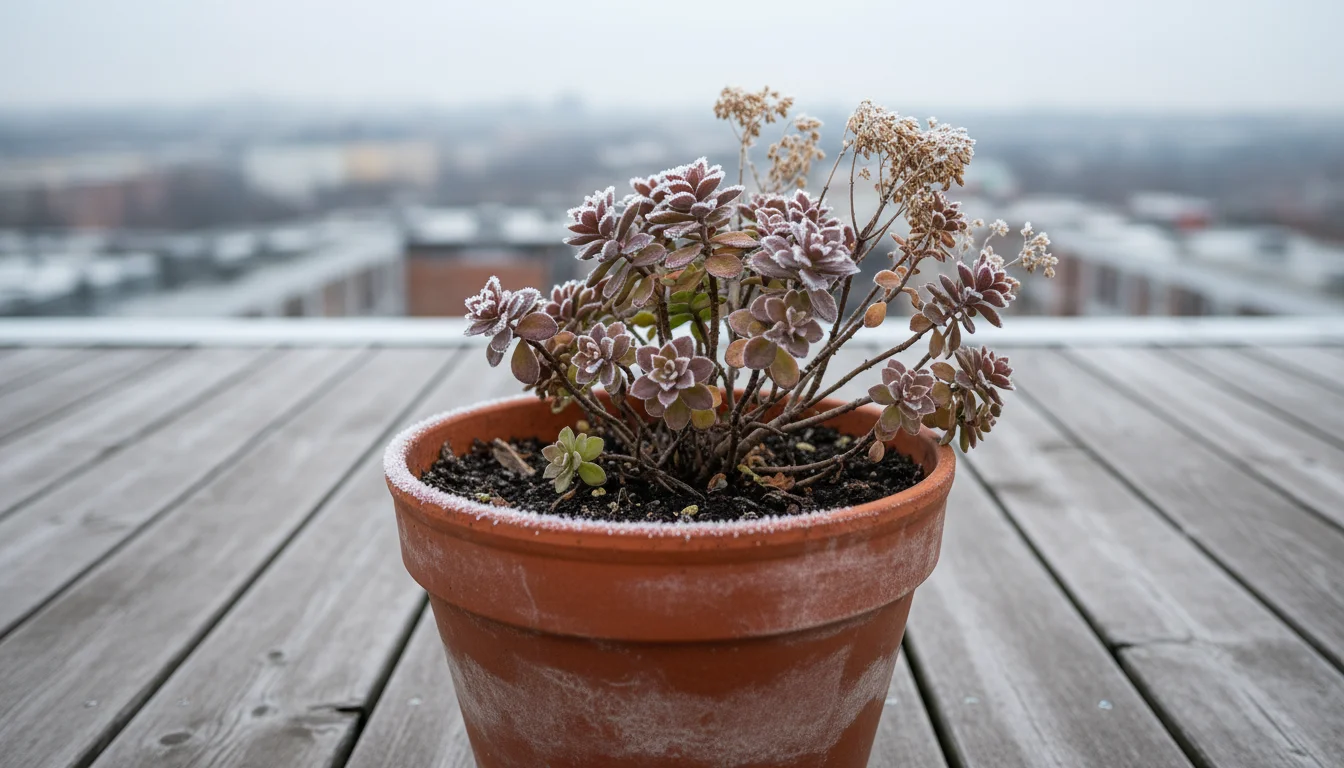

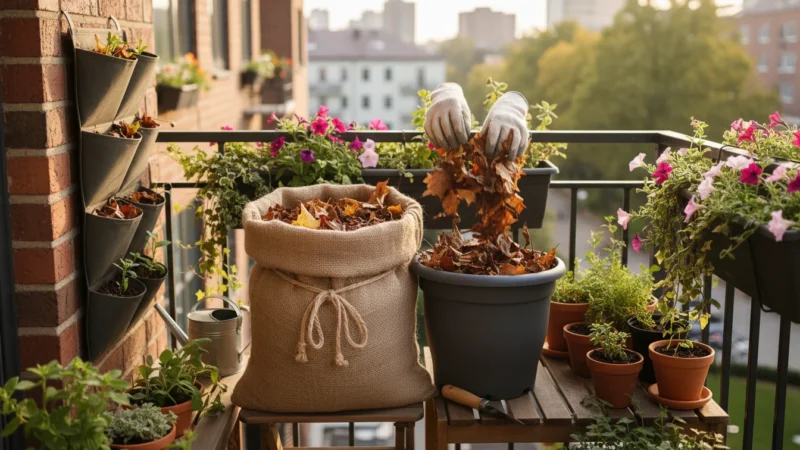
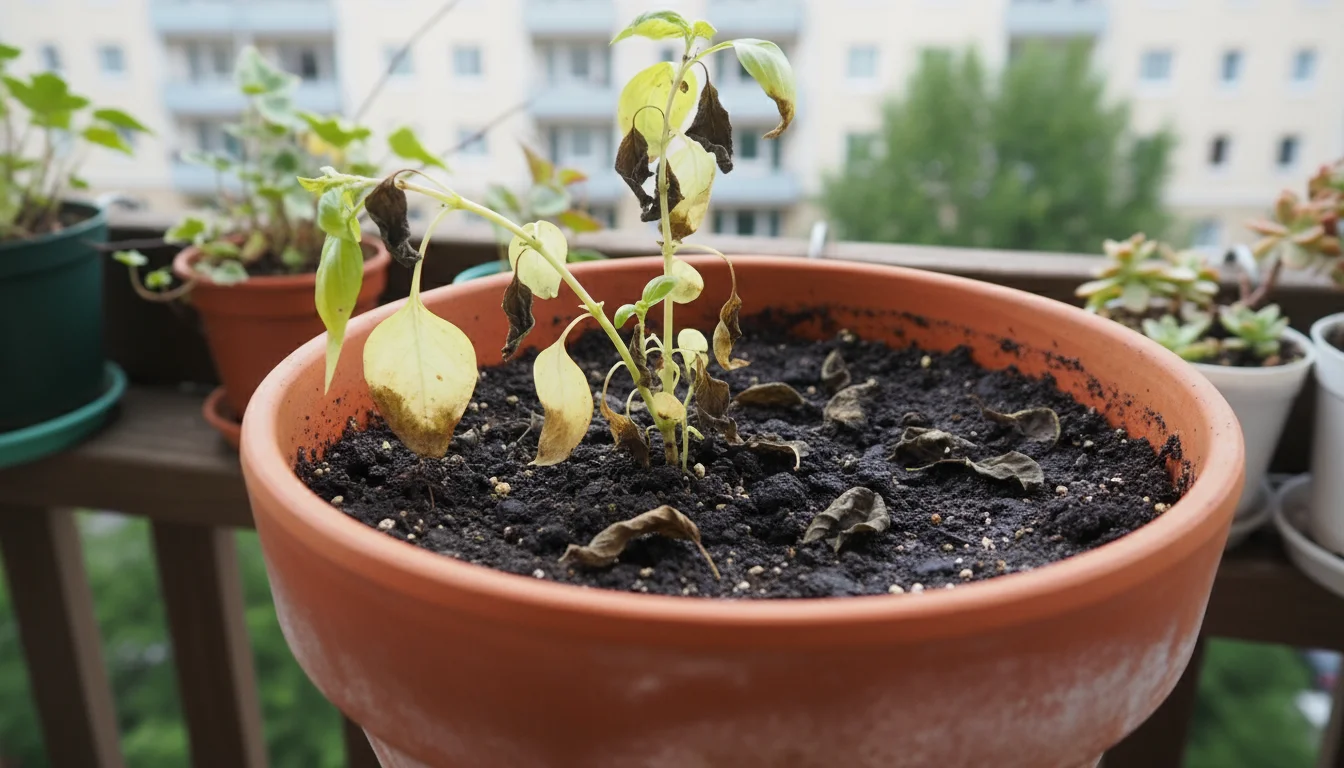

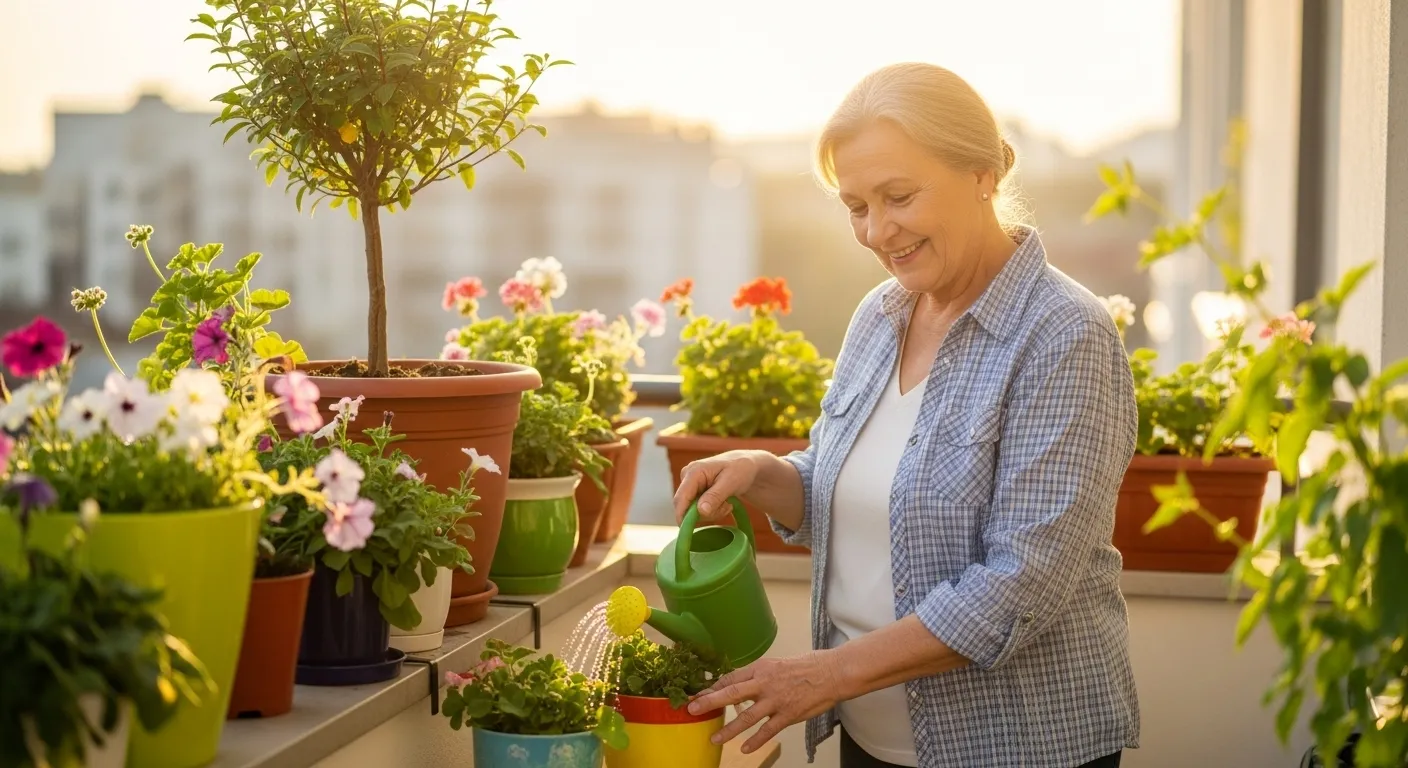
Leave a Reply